Nikon Z6 vs D750 Review.
Body Design
The D750 has one of the best DSLR body design. The medium size body feels great with a really deep and supportive grip. The buttons and controls layout is excellent, after all the Nikon DSLR body has been refined to almost perfection after so many generations.
With the Z6, it shares the identical body design as the Z7. And I’ve said in my Z7 review that I really like Z7 body design and the overall ergonomics is one of the best among all the mirrorless camera I’ve ever used.
While both are full frame prosumer camera, if you place the two cameras next to each other, you’ll notice the Z6 is quite a bit smaller than the D750. And because of that, the Z6 may feel a bit too small for people with larger hands as the grip is a little bit shorter than the D750.
Both cameras have a decent number of customisable buttons and dials, but the D750 does have a few extra buttons/controls for example the flash, bracketing buttons and AF switch on the left side of the camera. While with the Z6, you need to assign that to one of the customisable button. On the other hand, the Z6 has a well implemented touch interface using it’s main LCD screen. The touch interface provides a versatile way to control the camera no matter you are taking photos/videos or just reviewing photos or browsing through the menu system.
Electronic Viewfinder
The Z6 has the same 3.6M-dot electronic viewfinder as the Z7. The high resolution electronic viewfinder has a large 0.8x magnification and 100% frame coverage. The colour, refresh rate are both excellent and the extruded viewfinder is definitely one of the best electronic viewfinder I’ve ever used.
As mentioned in my Nikon Z7 review, I think the EVF is one of the biggest advantage the Z7 (and Z6) has over the Nikon DSLRs. You can see a lot more information overlay on top of the live feed and with the preview of exposure and white balance in real time, it doesn’t only makes it a lot easier to get the correct exposure, white balance..etc straight out of camera, it also makes it a lot easier for you to visualise the photo you have in your head by applying the camera settings and see how it affect the photo in real time.
The biggest downside with the electronic viewfinder is that it kills the battery, which I’ll talk about a bit later.
Live View
Talk to any Nikon DSLR user and they would tell you the Live View on their DSLR is not really the most amazing feature on their camera. D750’s live view is no exception. It was only OK when the camera was released 4 years and now in 2018, I would rate it as useable, but probably just. Switching to Live View mode is slow, and the control without a touch screen is also not intuitive and slow. After taking a single photo it would take a second or two before the camera is ready for taking photo again. And if you want to playback a photo, the camera has to exit Live View mode which also takes a second or so, and if you want to take photo using Live View mode again, you have to wait for another second for the camera is lift the mirror and change into Live View mode. Overall the Live View mode feels like a feature developed after the camera was created and because of that I rarely use Live View mode when I shot with the D750.
The Z6’s Live View is a completely different story. There is virtually no delay when you switch to Live View mode and everything in Live View mode works perfectly. From autofocus to touch screen interface to the operation speed when you take a photo or review photos, everything just works smoothly and quickly.
Image Quality
Both cameras have a 24MP full frame sensor with AA filter, because of that there is not much difference between the two cameras when it comes to their output photo’s resolution and sharpness. But I did some tests to see if there is any improvements in terms of high ISO and post processing latitude from the newer sensor on the Z6.
High ISO
D750’s ISO range is from ISO 100 to 51200 (including extended), while the Z6 is from ISO 100 to 204800 (including extended). So looking at the numbers the Z6 has two extra stops of high ISO you can go up to. But it doesn’t necessarily mean the Z6 ha two stops better high ISO performance, so I did some tests to see find out the high ISO performance of the two cameras.
I shot a series of photos from the base ISO all the way to maximum ISO. All photos were shot in RAW then converted to JPG in Capture NX-D using default settings and zero noise reduction.
Below ISO 3200, there really is not much difference between the two cameras. From ISO 6400, then you can start see the difference between the photos from these two cameras. The Z6 is cleaner and better quality than the D750. (the Z6 also seems to apply stronger noise reduction even if you turn NR completely off in post processing). At really high ISO, the Z6 has slightly over 1 stop advantage when compared to the D750. So it’s not exactly two stops as the maximum ISO number may suggest, but it’s still pretty impressive as D750’s high ISO is already very good. I would even say Z6’s high ISO is slightly better than my Df (which has the same sensor as D4) and appears to be only slightly worse than Nikon’s low light king D5.
Below are some high ISO comparison photos, all of them are RAW converted to JPG with zero noise reduction.
[Edited 2018/11/20: the original Z6 photos I post had NR set to normal, this is now corrected and replaced with photos with NR off]
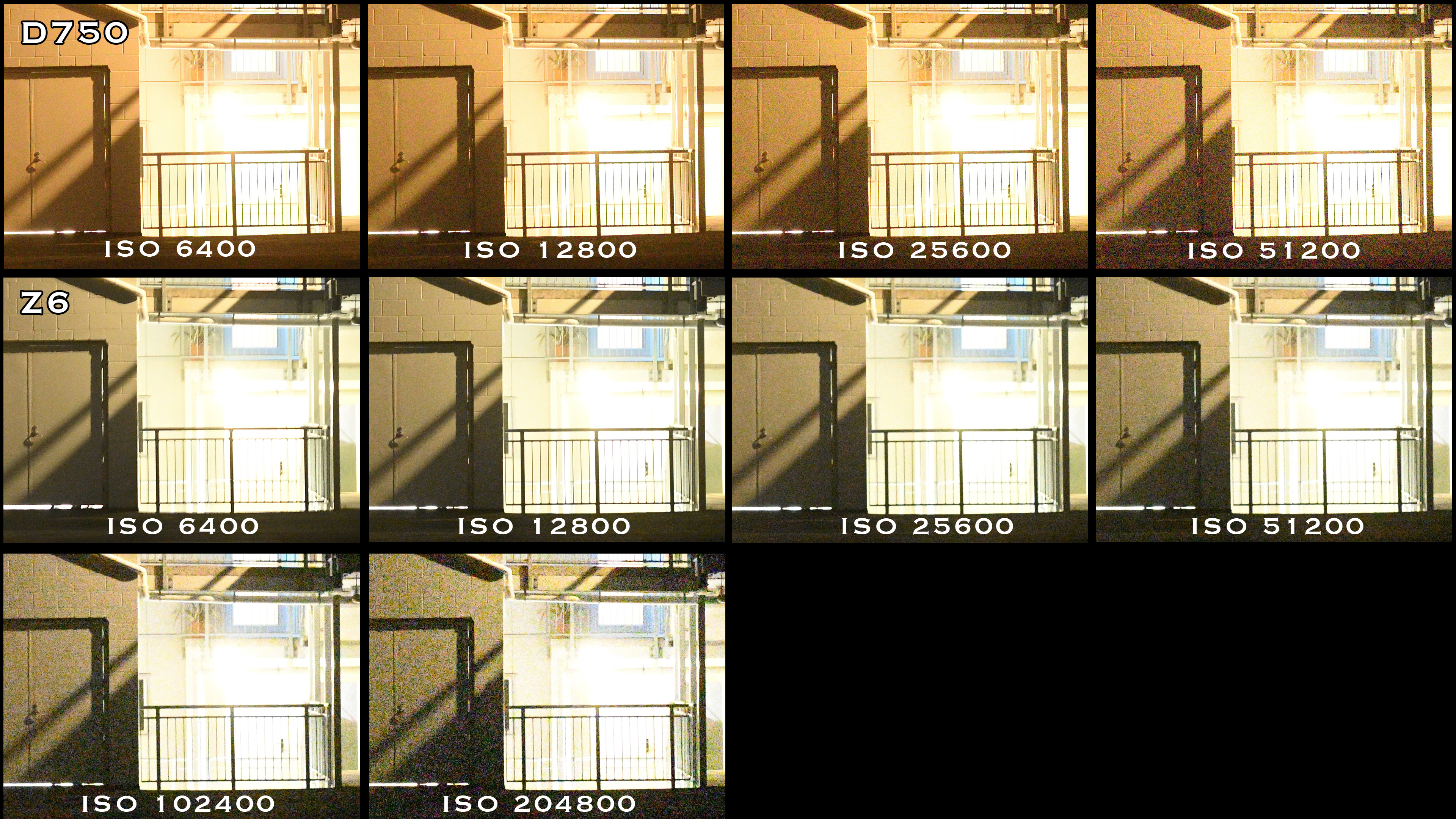 (there seems to be some camera shake with the Z6 ISO6400 sample)
(there seems to be some camera shake with the Z6 ISO6400 sample)
Postprocessing Latitude
Another test I did was to test the image’s post-processing latitude. I shot a photo in RAW format on both cameras but purposely under exposed by 5 stops.
I then push 5 stops in post processing and this is the result I got.
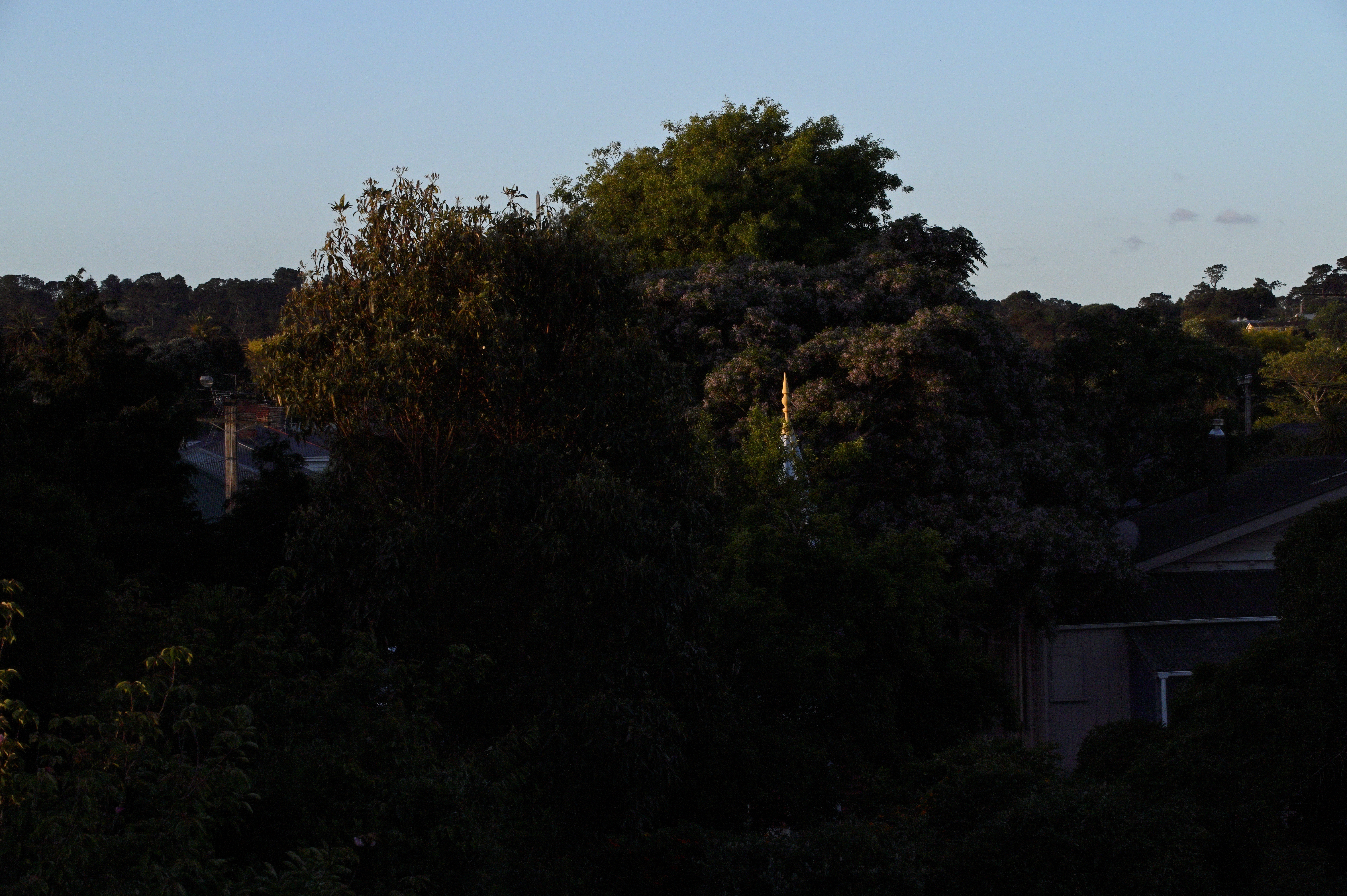 Z6 pushed 5EV in post processing
Z6 pushed 5EV in post processing
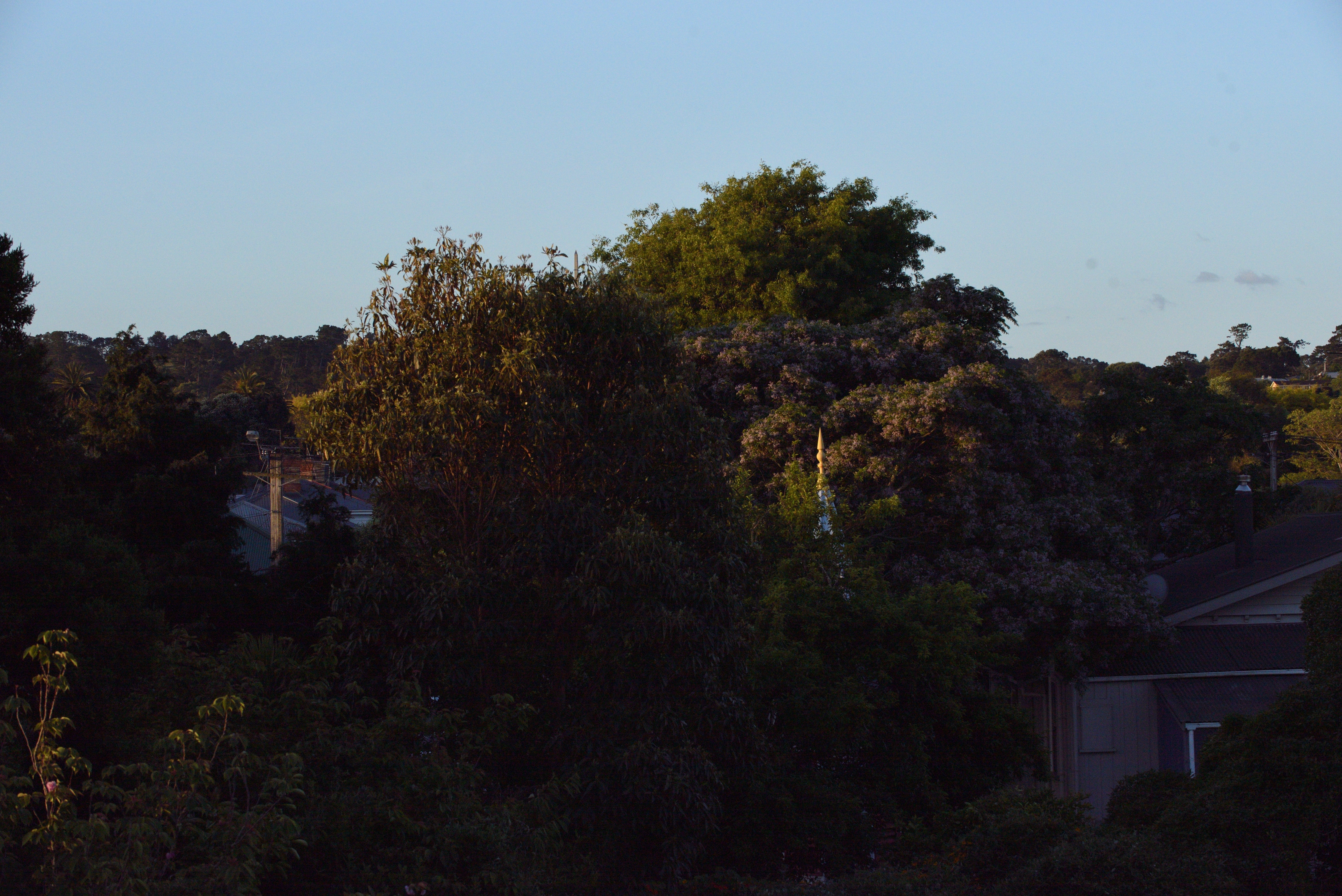 D750 pushed 5EV in post processing
D750 pushed 5EV in post processing
Photos from both camera look very useable after 5 stops push in postprocessing and at first I didn’t see much difference. However, once I zoom in compare them at 100% zoom level, there seems to be quite a bit of difference between the two photos.
If you look at the shadow area, the Z6 image has small amount of colour noise. Shadow area remains almost black. While the D750 has more noticeable colour noise. Shadow area has that red/purple-ish colour tint as a result of extreme pushing.
Next, I took another set of photos, but this time I underexposed them by 6 stops then push them by 6 stops in post processing. And here are the results.
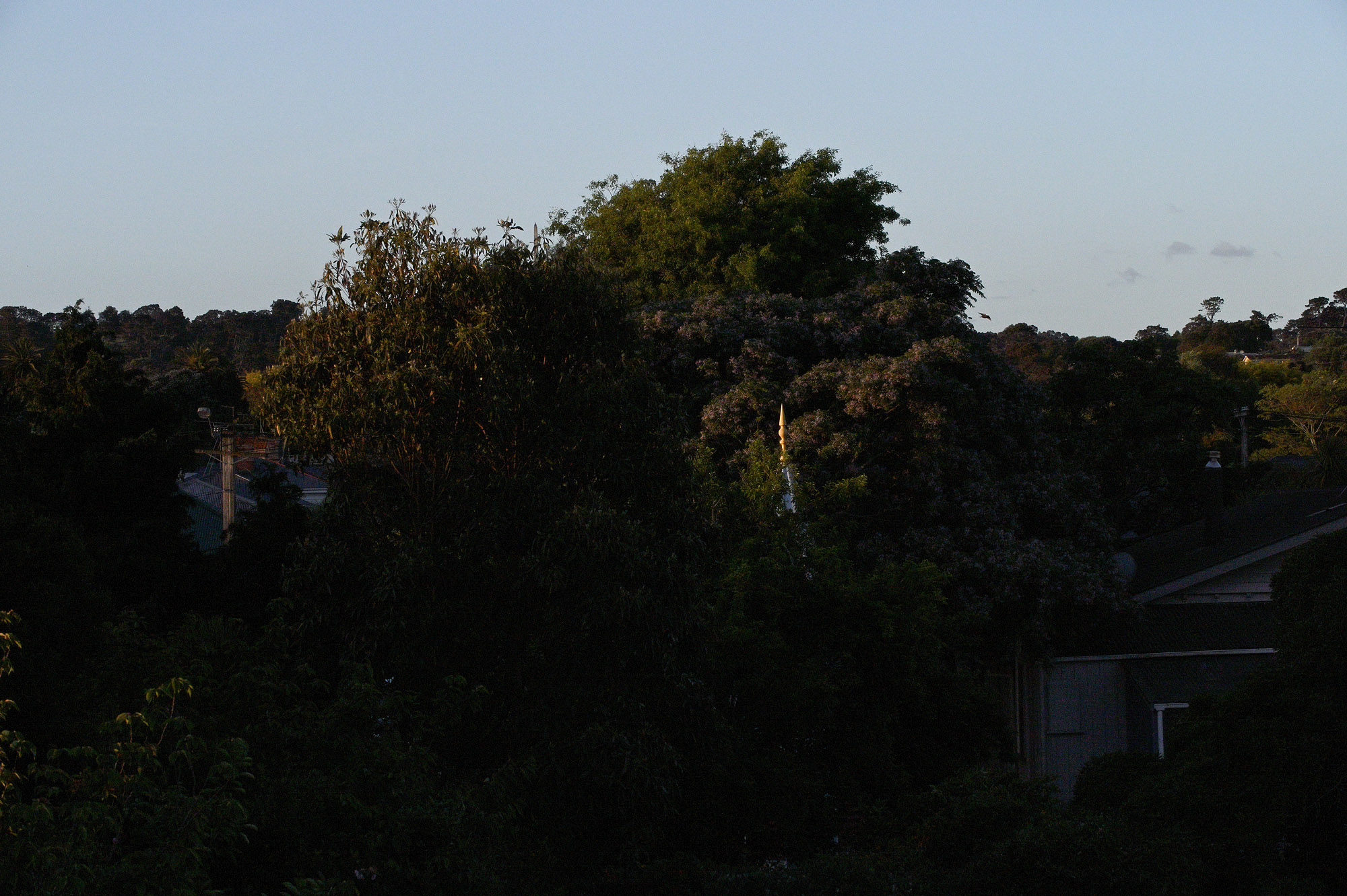 Z6 pushed 5EV in post processing
Z6 pushed 5EV in post processing
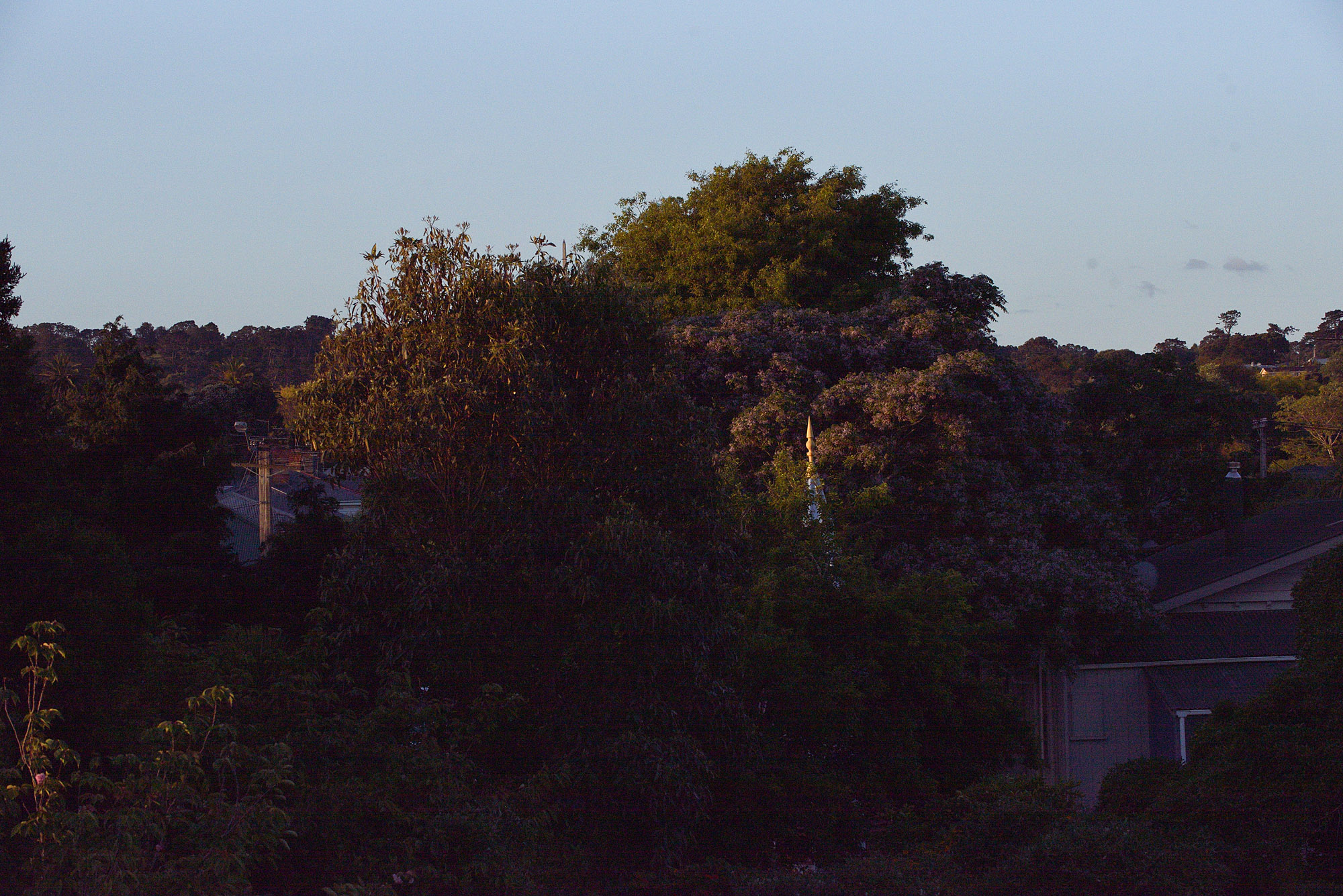 D750 pushed 5EV in post processing
D750 pushed 5EV in post processing
And below are the 100% crops:
As you can see, the Z6 image quality is better but not only that, the difference between the image from the two camera is more obvious. The Z6 image is still relatively free from colour noise in the shadow area, while the D750 image has really noticeable colour noise even when looking at the full image.
It’s easy to see the Z6’s image sensor delivers much cleaner output when you push to the limit.
In-body VR (In-body Image Stabilisation)
The Z6 has an in-body VR, or in-body image stabilisation as most of us would call it. This is something Nikon DSLRs never have so a big advantage the Z6 has that the D750 can’t match.
The in-body VR can works with VR lenses by sharing the stabilisation between the two. But if you are using lenses that don’t have VR, this is when the in-body VR really shines. The factory rating for the in-body VR is 5 stops effective so it makes all your non-stabilised lenses suddenly capable of shooting at much lower shutter speed.
My own testing suggests the in-body VR is around 3-4 stops effective. This is not really surprising as my tests are normally around 1 stop less effective than most factory rating, and this time it is slightly more than 1 stop. I expect it is mostly due to statistical variation as when I was reviewing the Z7 my result was around 4 stops effective and I believe both cameras use the identical in-body VR system.
The in-body VR works when taking both photos and videos so this is great for photographers and videographers as well.
Autofocus
D750 uses the Multi-CAM 3500FX II autofocus system. This is the latest variation of the 51 point autofocus system that has been used by a number of professional Nikon DSLR starting from D3s. This is Nikon’s best autofocus system that is only recently succeed by the 153 point autofocus system on the D5/D500/D850.
The Nikon Z6 on other hand uses a brand new Hybrid autofocus system which has 273 on-sensor phase detection autofocus system combines with contrast detection autofocus system.
On paper, the Z6 easily wins as it’s newer, with more autofocus points and also combines both phase detection and contrast detection system.
But one is a well tested and proven autofocus system while the other one is a completely untested system, so how do they perform and compare in real life?
Autofocus modes are very different
The 3D tracking, AF9 21, 51 points which most Nikon users are familar with are no longer available on the Z6. Instead we have the much simpler Pinpoint, Single-point Dynamic-area AF, Wide-area AF (S) (L) and Auto-area AF.
I’m 50/50 about this changes. On one side, I feel Nikon has removed the autofocus system that a lot of Nikon users are very familar with and works very well. The options on the Z6 feels a bit like a dumb down version especially for experienced users.
But on the other hand, I do find the same can be said if you look at it from the other side. The new af system is a lot easier to learn and easy for new users, A lot of people will just use auto-area mode as it can work reasonably well for most kind of scenes. I can’t remember how many times I have answer questions about what’s the difference between 51 point and 3D tracking or when should I choose 9 or 21 point AF etc. I have a feeling the af system on the Z6 has a much easier learning curve and get you 90% as good results.
The interesting thing would be, when Nikon release their pro Z cameras, will they continue to use the same system or will they go back to their DSLR style system? We’ll have to wait and see.
One thing the Z6 does a lot better is when you use the LCD screen to frame your photo and you can just tap on the screen to focus. The touch AF works fast, unlike the contrast only detection on the D750 which is slow and hunt quite a lot. This makes the liveview on the Z6 just a lot more useable than the D750.
Low light AF
In terms of low light autofocus, with the original firmware, the Z6 is definitely no where as good as the D750 which can focus quite well even under dark lighting condition. However, with the newer firmware 2.0, the low light autofocus performance has improved quite a lot and is very similar to the D750. There is also a “Low Light AF” setting on the Z6 which is default to off, if you turn it on, the Z6 can autofocus even when it is really really dark (but slowly)
Eye/Face focus
With the firmware 2.0, Nikon has added eye autofocus to the Z6 and Z7. It is a feature a lot of people wanted when the Z6 was released. And the eye focus does work really quite well under most situtations. It’s quite reliable, detects the eyes correctly under most situations and makes shooting portrait/events a lot easier. It’s not perfect though as if you are shooting close up photo at big aperture settings (e.g. f/1.4), there is a tendency to focus on the eye lash rather than the eye ball which is where most people would prefer.
Manual Focus
If you are planning to use some of the manual focus lenses, even the legacy Nikon lenses or through a lens mount adapter, you will love the Z6. With the high resolution EVF on the Z6, ability to zoom in to check focus and also peaking display, manual focus is very easy and accurate on the Z6. With the D750, I found it always a bit of hit and miss if you just use the optical viewfinder to focus. Using the LCD screen would help as you can zoom in but it’s nowhere as quick and easy as the Z6.
Battery Life
The Z6’s battery life is rated at a pretty disappointing 310 shots per charge. Not only is it significantly lower than most Nikon DSLRs, it’s also lower than pretty much all the latest full frame mirrorless cameras in the market.
In real life, I can get around 1000 shots per charge quite easily. So it is definitely a lot better than the rated battery life but still no where near the 2000+ shots I can easily get from the D750. For a full day of shooting, I would get at least 1 or 2 extra batteries to make sure I won’t run out of power near the end of the day.
One nice feature is that you can charge the battery by connecting the camera to a USB power source. However this only works when you are using the supplied ENEL15b battery. If you use the ENEL15/A battery from the Nikon DSLRs, in-camera USB charging is not supported (but otherwise the battery works perfectly). This is great for people who is travelling as you can top up the battery easily through out the day.
But even with the USB charging, Z6’s battery life is still no match to D750’s long last battery life. Another advantage with the D750 is that the camera uses very little power when you are just composing the photo using the viewfinder. With the Z6, as soon as you turn on the camera, the EVF or LCD screen would constantly draws considerable amount of power to deliver real time image preview.
Burst Speed and Image Buffer
Both cameras don’t have a really large buffer. But thanks to the fast XQD card on the Z6, the Z6 can clear the buffer very quickly. Using the Sony G 440/400MB/s XQD card, it takes approximately 4 seconds to completely clear the buffer to the memory card.
On the other hand, the Z6 just like the Z7 has only a single memory card slot. So if data redundancy is really important to you, the dual SD card D750 would be the better camera for you.
Video
The D750 can shoot 1080p video which is not bad for a 4 year old camera. But at 2018, 4K is really the standard and the Z6 can capture 4K video up to 30fps at full frame and also full sensor readout. Full sensor readout can minimise image artifacts and also improve the low light performance.
I don’t really need to compare the video quality from the two cameras as the 4K footage from the Z6 is really high quality and it also makes the 1080p video from the D750 looks like standard definition (do you still remember what standard definition is?). The continuous autofocus on the Z6 also works a lot better and smoother than the D750 which can hunt quite a bit when it’s trying to lock on it’s target. With the default settings, I do feel Z6’s focus transition is a bit too fast and doesn’t look that organic enough. So you will have to play with some of the AF settings if you want smoother and more organic focus transition.
The Z6 can also output 10 bit 4:2:2 footage if you want to capture the best quality video with more postprocessing latitude. However I don’t have any 10bit external recorder myself so I can’t test it out myself. But I’m very impressed by the internally recorded 8 bit videos already.
The Z6 can also shoot 1080p video at 120fps with no cropping. Good for some b-roll footage!
Conclusions
One of my reader has just message me and told me I’ve never finish this review especially the conclusions. So I’m now writing this conclusions almost one year after I wrote the initial review. What I’m going to say may not quite line up with what I’ve wrote in my original review but it is what I thought after using the Z6 for almost a year.
In terms of the image quality, the difference between the two cameras are not that big so it’s not really enough to make me change from one camera to the other. But while the D750 still has a few things that is better or the Z6 is simply missing, the longer battery life, dual card slot, and more complex autofocus system (in some way), I really don’t want to go back to a D750 or even any DSLR in general. The benefit of the electronic viewfinder on the Z6, the ability to see the scene bright and clear even when shooting under low light condition, the smarter autofocus system (fast eye AF, face AF for example), the much better video recording features, a very useable liveview mode are just a few things the Z6 can offer and the D750 can’t match.
And I’m also very happy to see Nikon has put in a lot of effort to improve the camera with new firmware updates. the Firmware 2.0 for example really make some very noticeable improvement to the autofocus performance and there are also new firmware planned for the near future with more improvements and new features. This is something Nikon has never done in the past with their DSLRs and I’m glad Nikon is now taking a more active approach with their new mirrorless cameras.
Sample Photos: All sample photos are unedited JPG straight out of camera
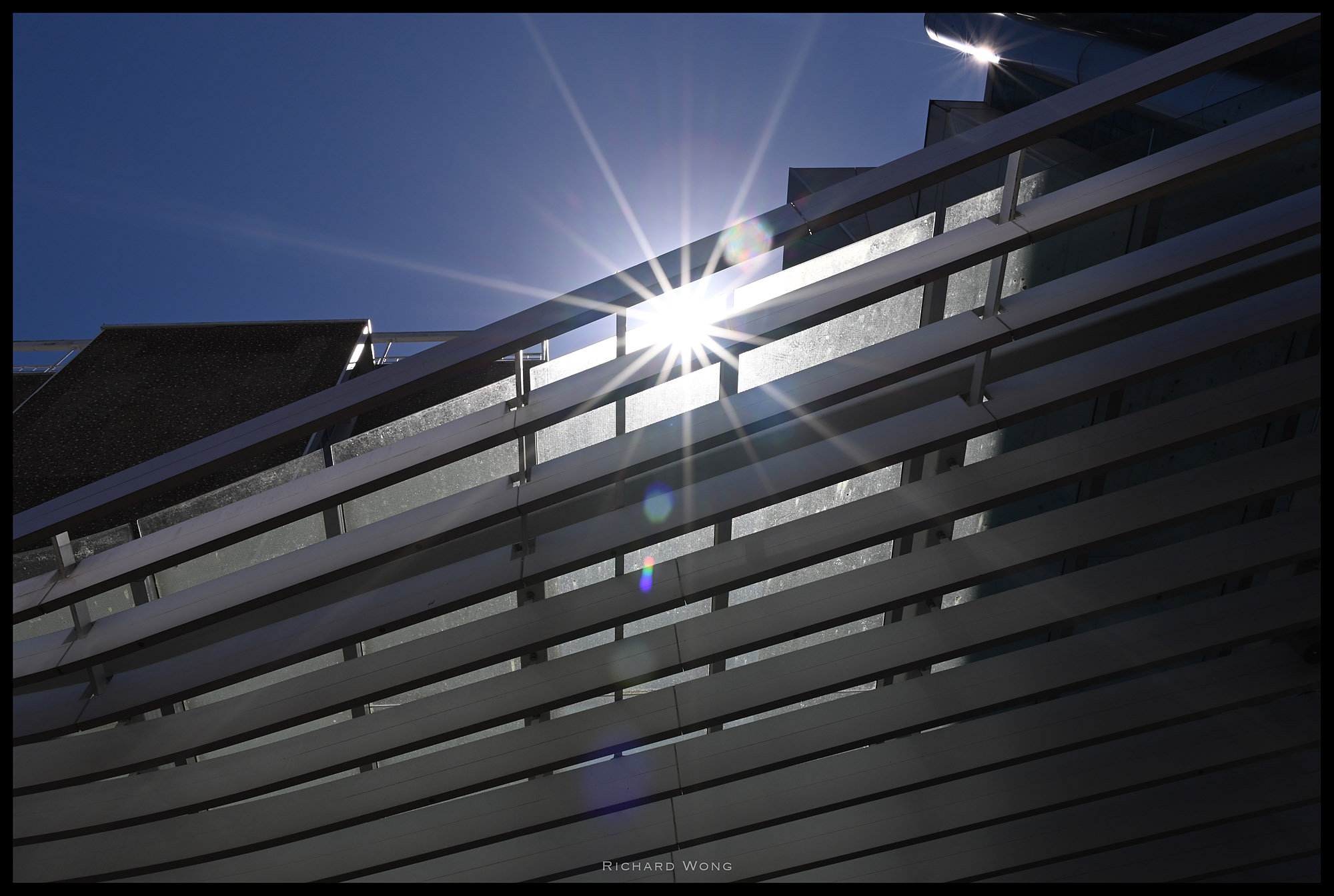 Nikon Z6 | Nikon AFS 70-200mm f/2.8 VR | ISO100 f/16 1/160s
Nikon Z6 | Nikon AFS 70-200mm f/2.8 VR | ISO100 f/16 1/160s
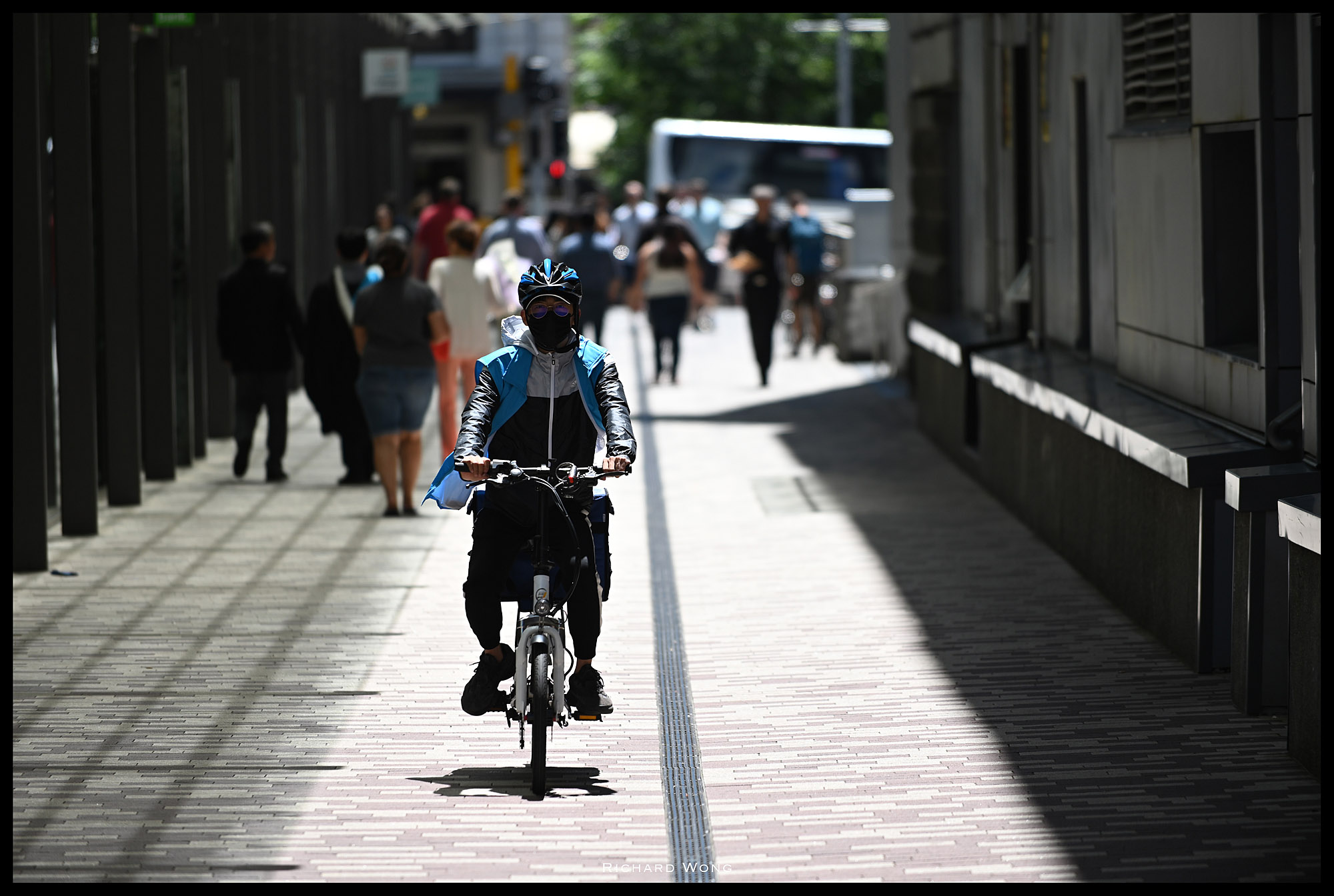 Nikon Z6 | Nikon AFS 70-200mm f/2.8 VR | ISO100 f/2.8 1/1000s
Nikon Z6 | Nikon AFS 70-200mm f/2.8 VR | ISO100 f/2.8 1/1000s
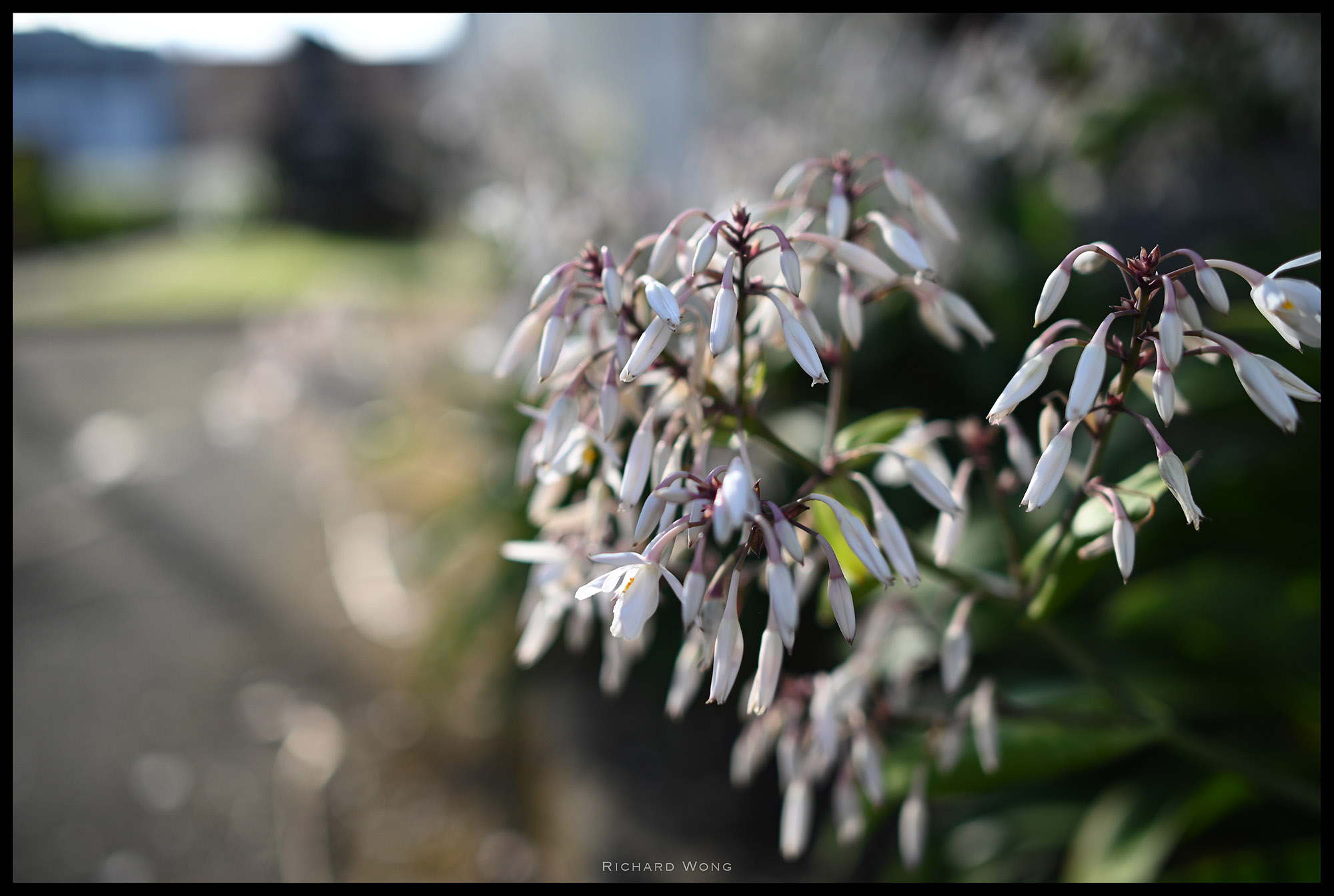 Nikon Z6 | Nikon AFS 28mm f/1.8G | ISO100 f/2 1/1600s
Nikon Z6 | Nikon AFS 28mm f/1.8G | ISO100 f/2 1/1600s
 Nikon Z6 | Nikon AFS 28mm f/1.8G | ISO100 f/1.8 1/2500s
Nikon Z6 | Nikon AFS 28mm f/1.8G | ISO100 f/1.8 1/2500s
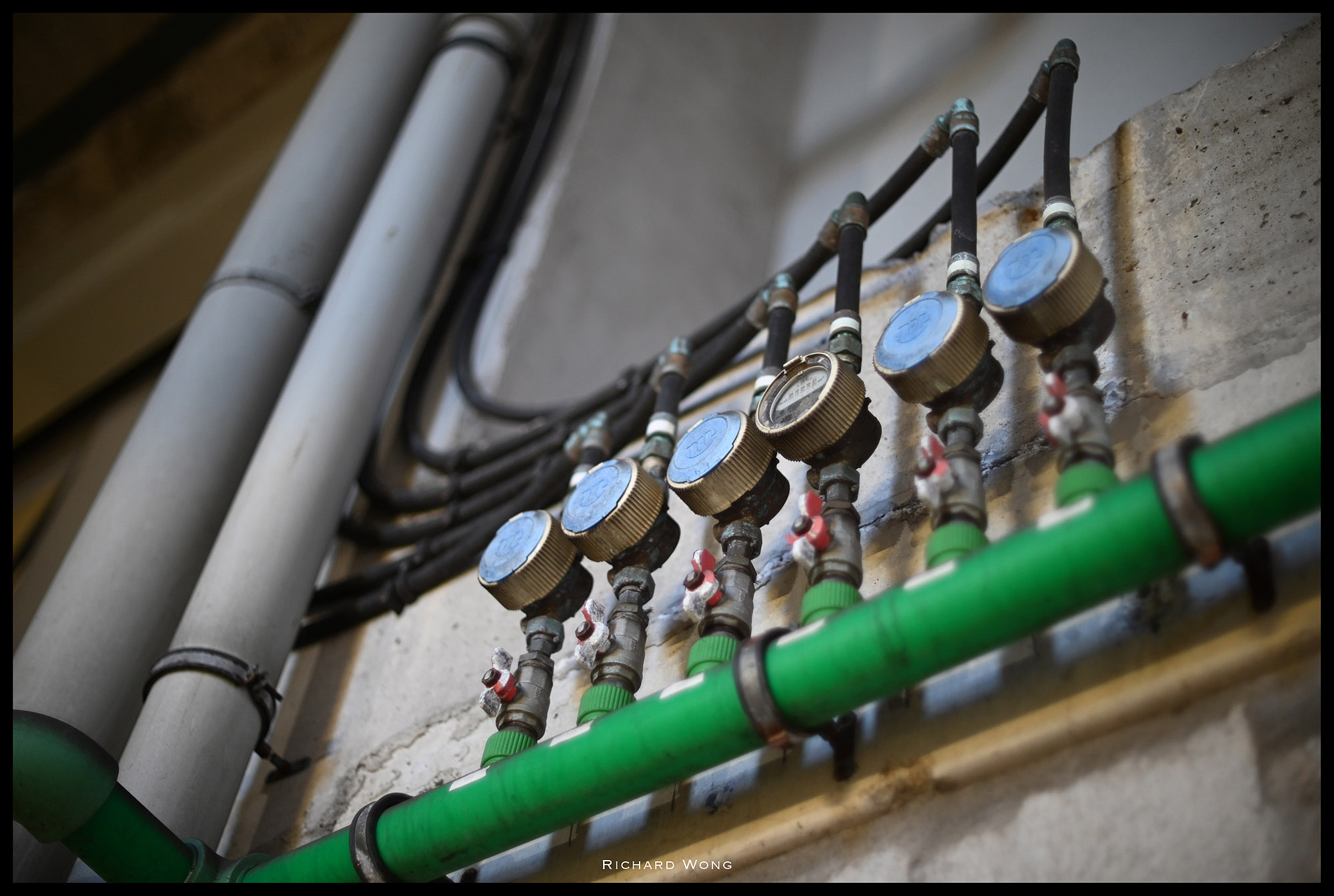 Nikon Z6 | Nikkor-S Auto 50mm f1/.4 | ISO900 f/1.4 1/30s
Nikon Z6 | Nikkor-S Auto 50mm f1/.4 | ISO900 f/1.4 1/30s
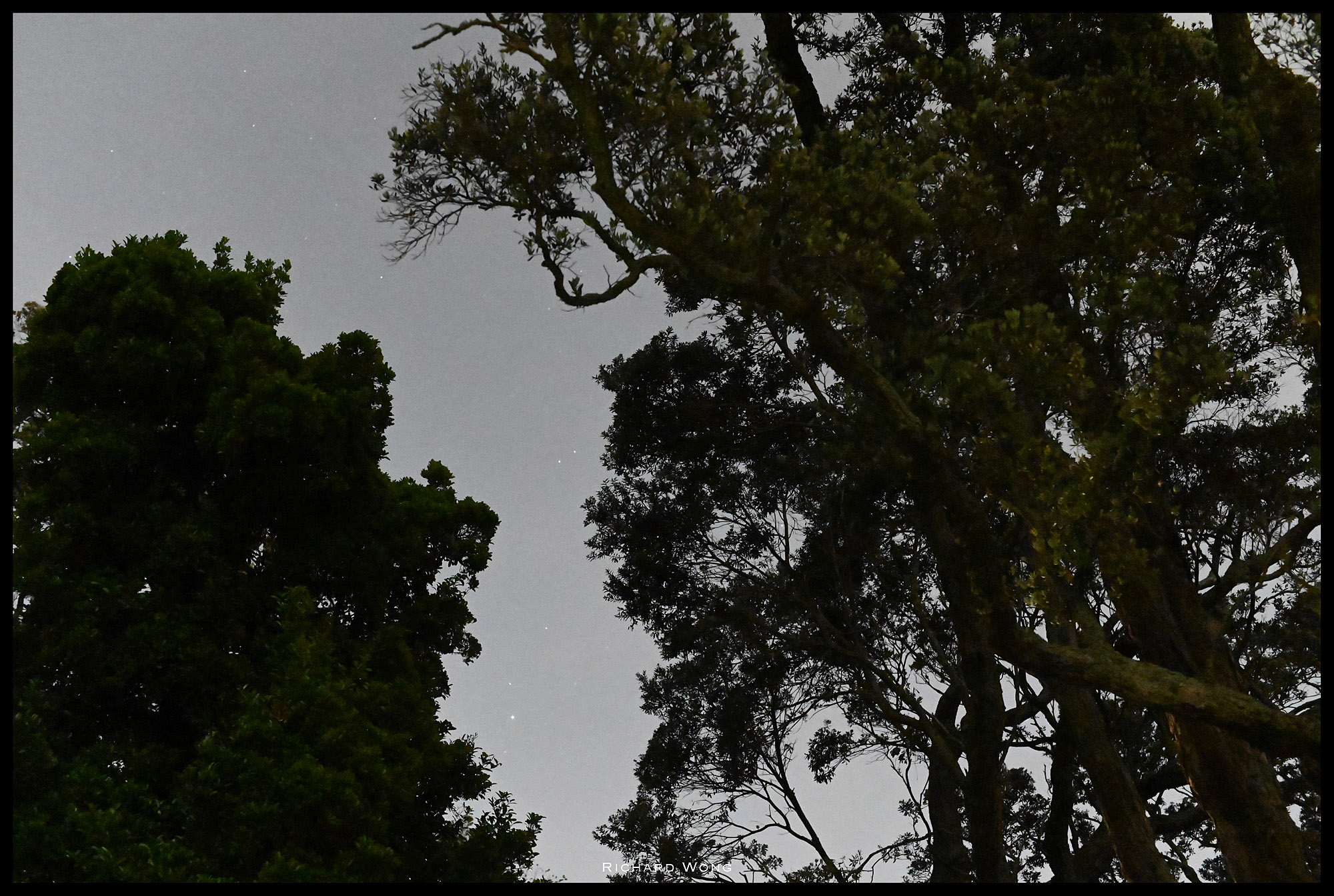 Nikon Z6 | Sigma 50mm f/1.4 ART | ISO51200 f/2.8 1/4s
Nikon Z6 | Sigma 50mm f/1.4 ART | ISO51200 f/2.8 1/4s
 Nikon Z6 | Nikkor-S Auto 50mm f1/.4 | ISO100 f/1.4 1/30s
Nikon Z6 | Nikkor-S Auto 50mm f1/.4 | ISO100 f/1.4 1/30s
 Nikon Z6 | Nikkor-S Auto 50mm f1/.4 | ISO100 f/1.4 1/1000s
Nikon Z6 | Nikkor-S Auto 50mm f1/.4 | ISO100 f/1.4 1/1000s
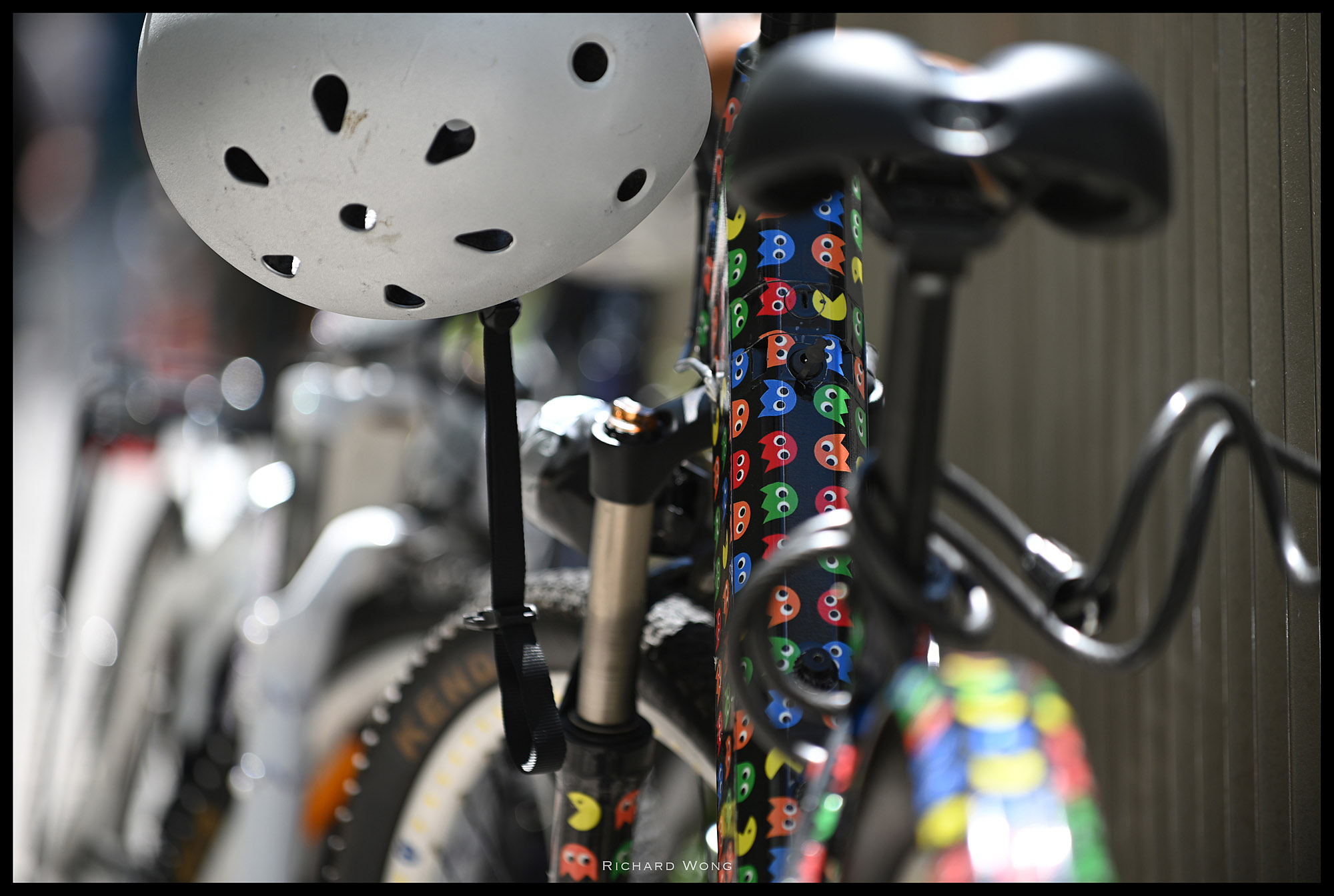 Nikon Z6 | Nikon AFS 70-200mm f/2.8 VR | ISO100 f/2.6 1/640s
Nikon Z6 | Nikon AFS 70-200mm f/2.8 VR | ISO100 f/2.6 1/640s
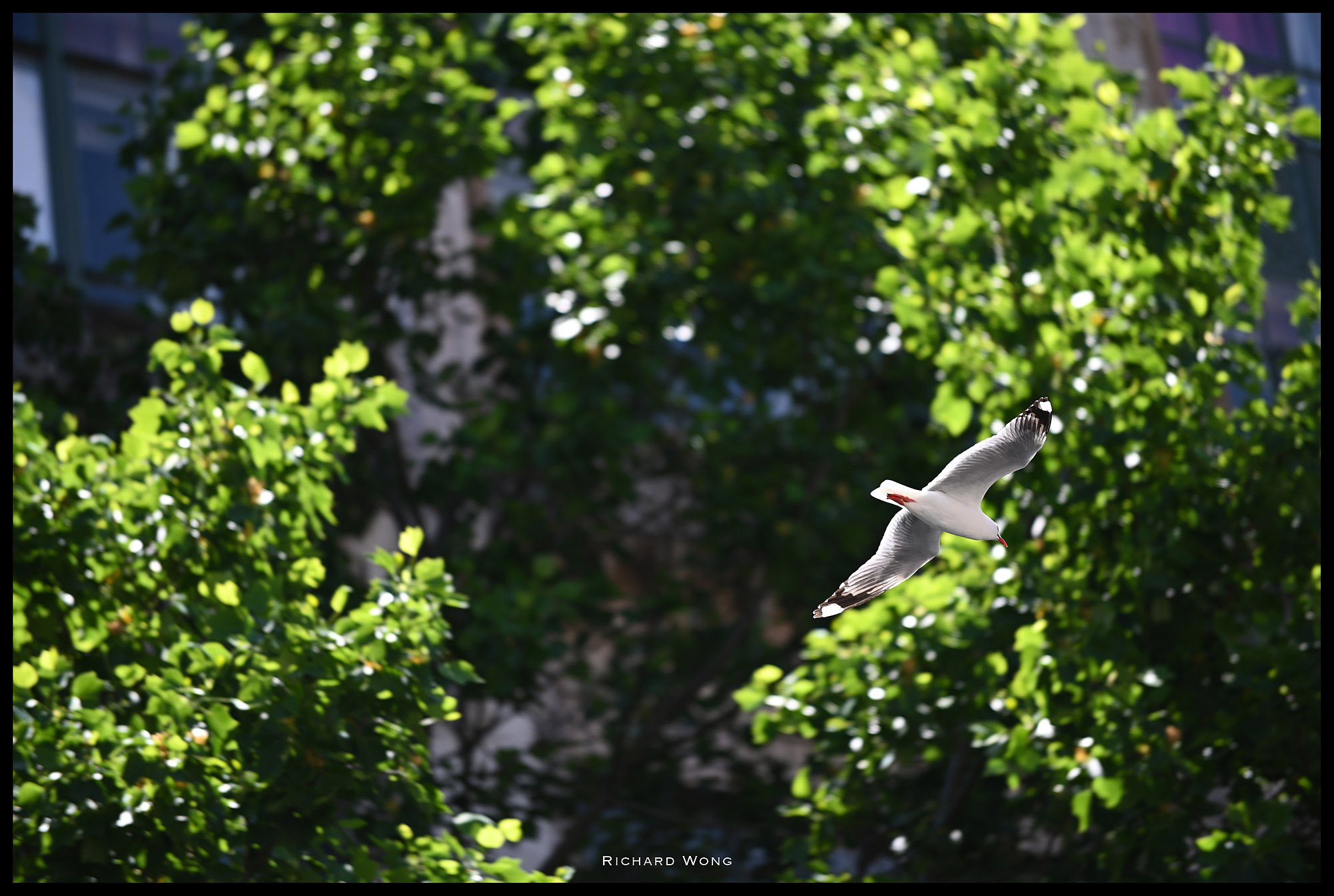 Nikon Z6 | Nikon AFS 70-200mm f/2.8 VR | ISO100 f/2.8 1/640s
Nikon Z6 | Nikon AFS 70-200mm f/2.8 VR | ISO100 f/2.8 1/640s
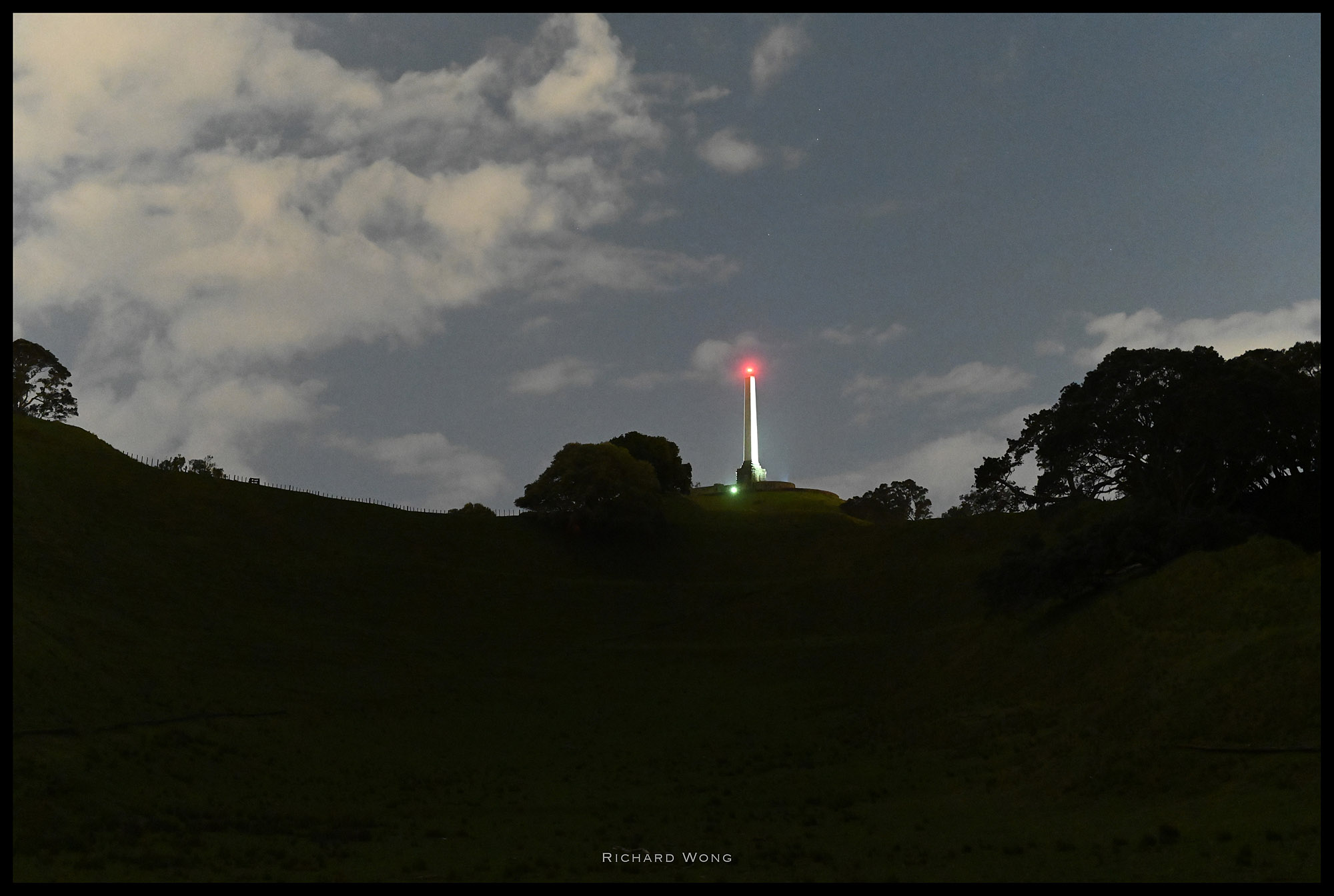 Nikon Z6 | Sigma 50mm f/1.4 ART | ISO18000 f/2.8 1/4s
Nikon Z6 | Sigma 50mm f/1.4 ART | ISO18000 f/2.8 1/4s
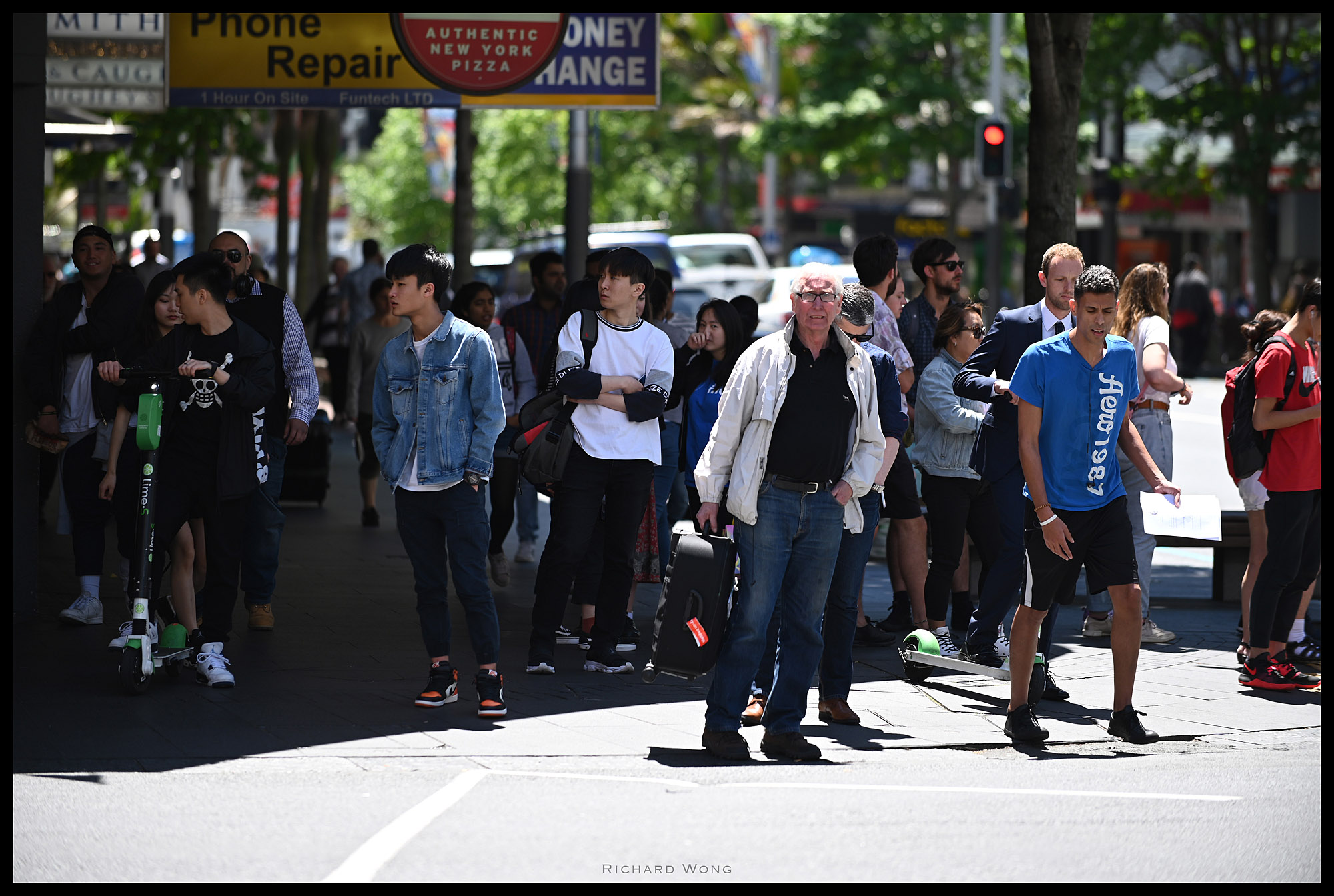 Nikon Z6 | Nikon AFS 70-200mm f/2.8 VR | ISO100 f/2.8 1/500s
Nikon Z6 | Nikon AFS 70-200mm f/2.8 VR | ISO100 f/2.8 1/500s
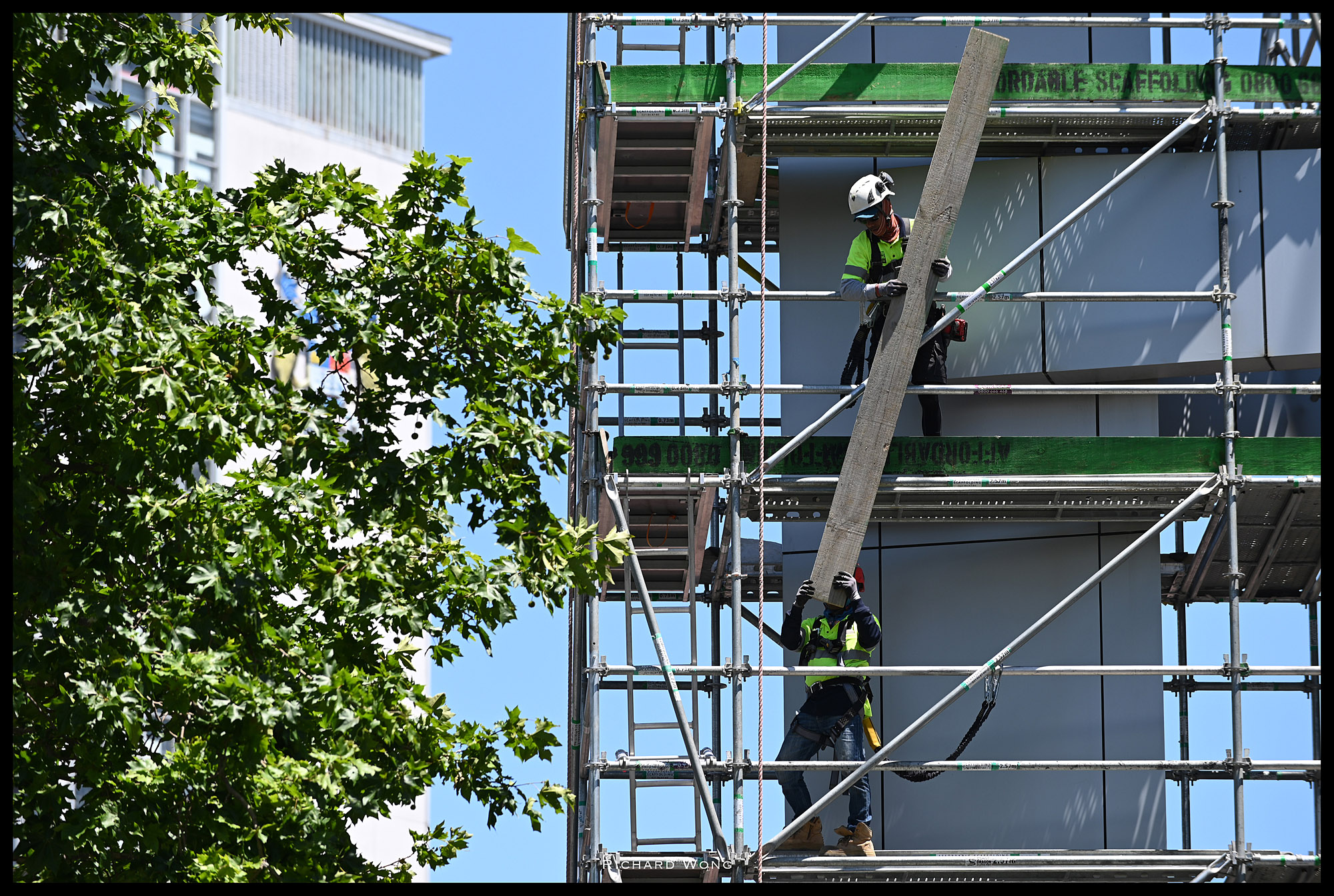 Nikon Z6 | Nikon AFS 70-200mm f/2.8 VR | ISO100 f/5.6 1/400s
Nikon Z6 | Nikon AFS 70-200mm f/2.8 VR | ISO100 f/5.6 1/400s
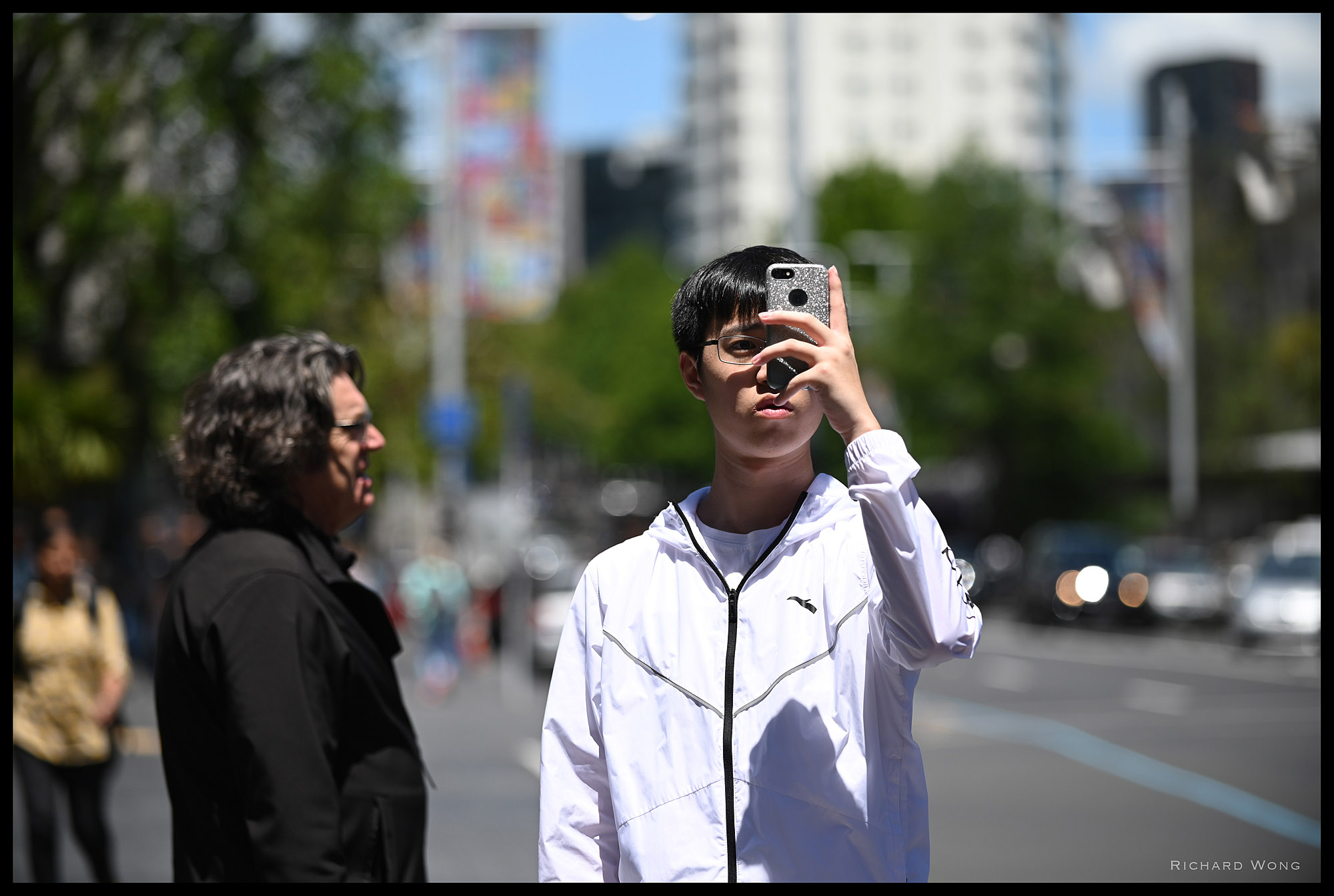 Nikon Z6 | Nikon AFS 70-200mm f/2.8 VR | ISO100 f/2.8 1/2000s
Nikon Z6 | Nikon AFS 70-200mm f/2.8 VR | ISO100 f/2.8 1/2000s
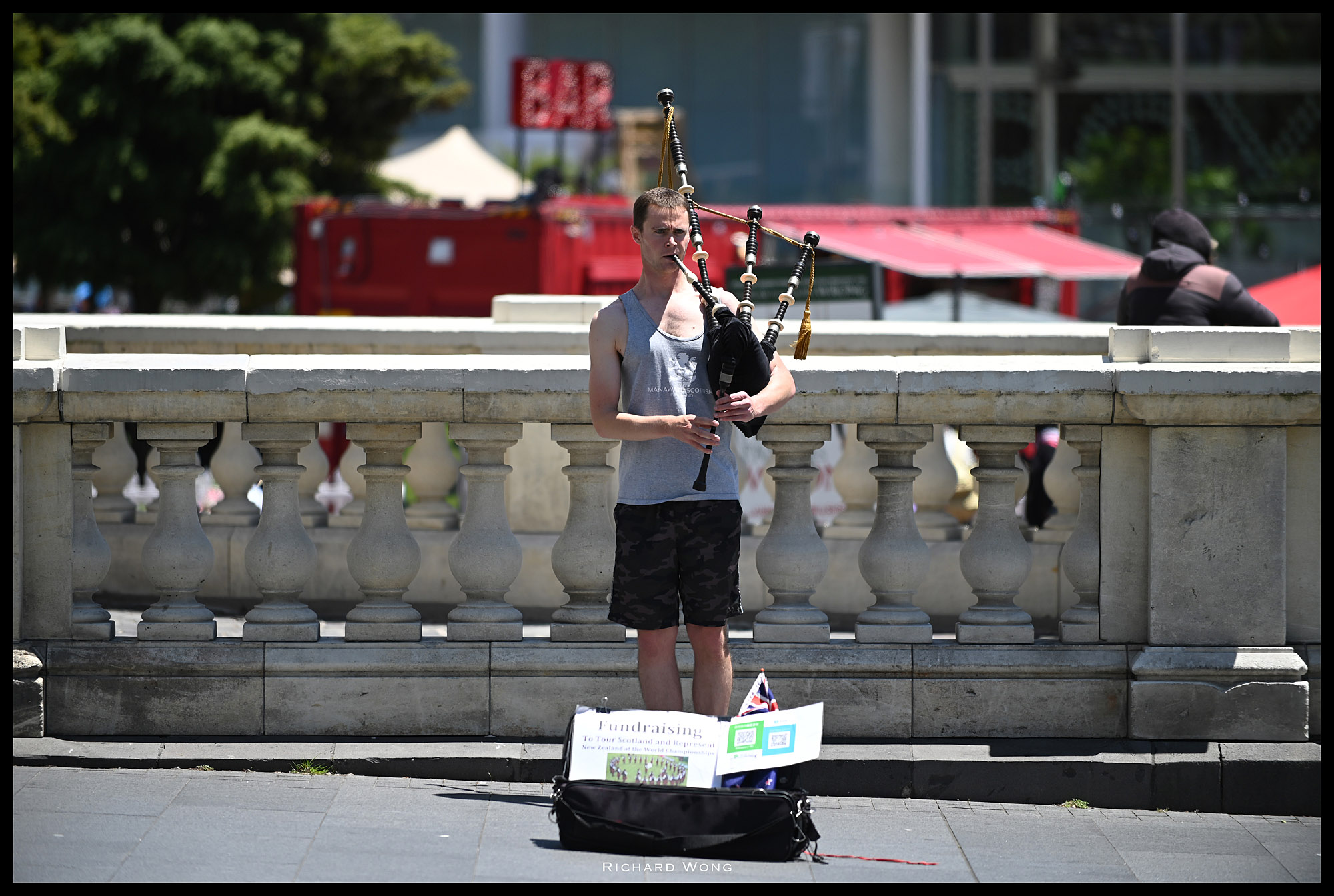 Nikon Z6 | Nikon AFS 70-200mm f/2.8 VR | ISO100 f/2.8 1/1250s
Nikon Z6 | Nikon AFS 70-200mm f/2.8 VR | ISO100 f/2.8 1/1250s
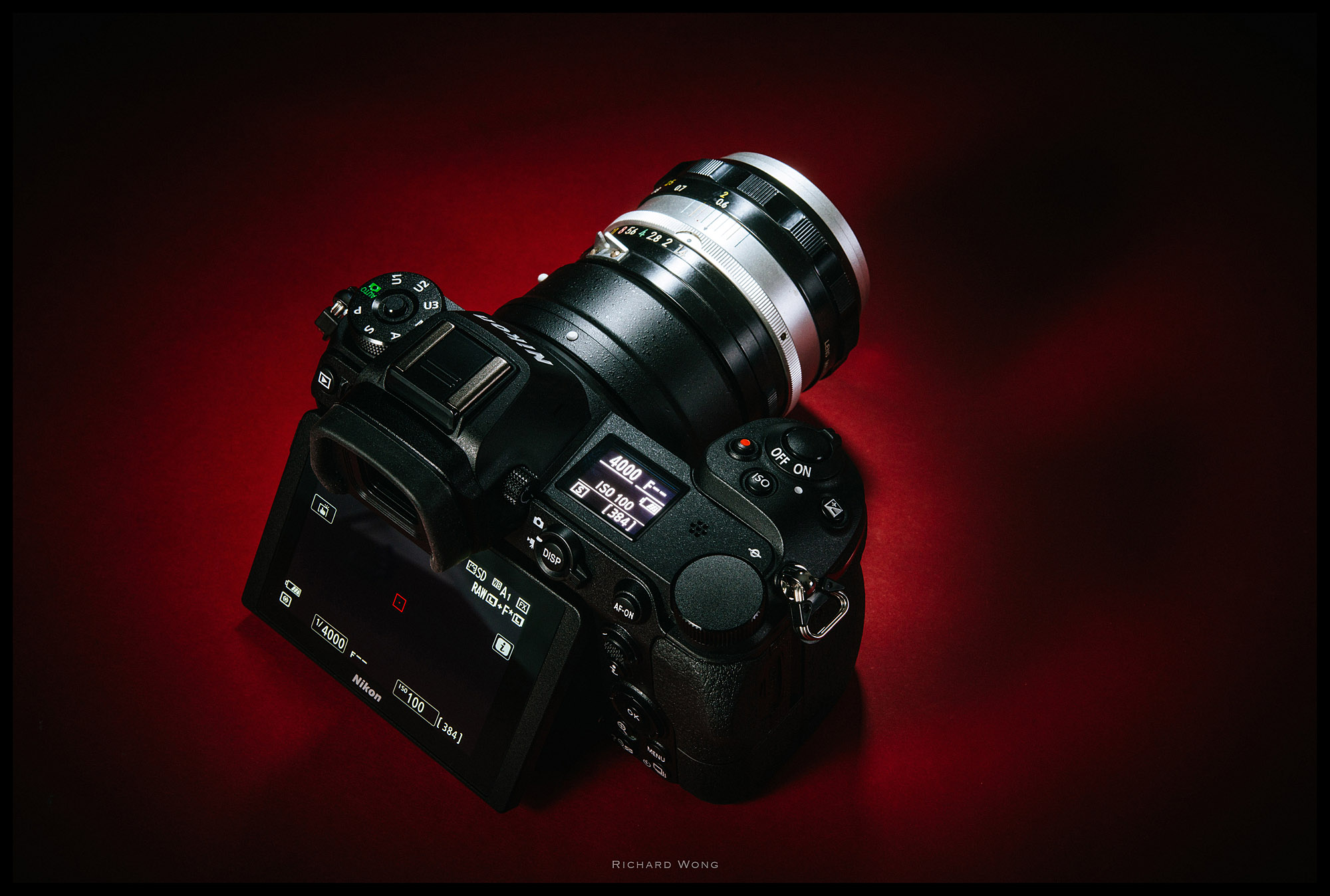
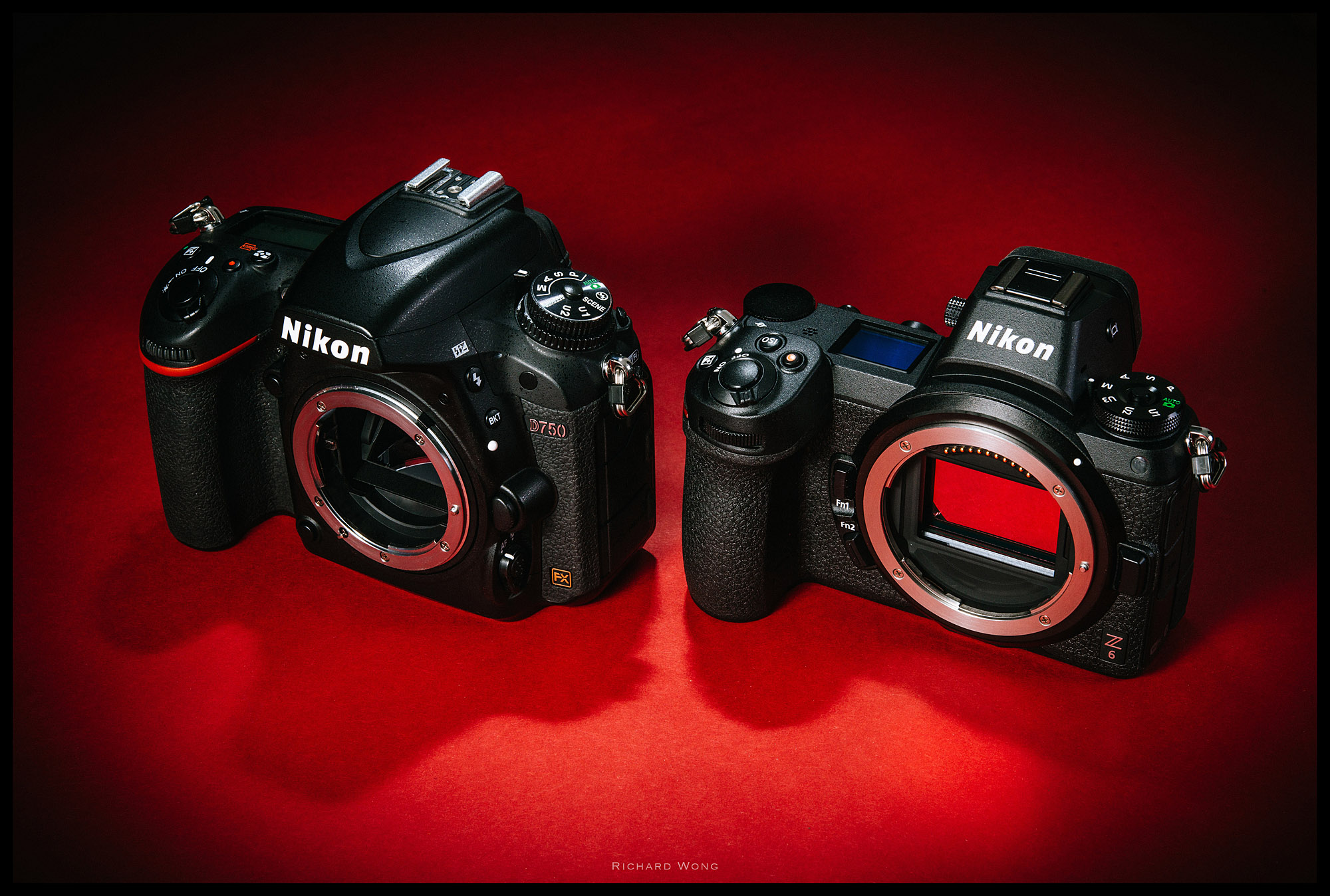
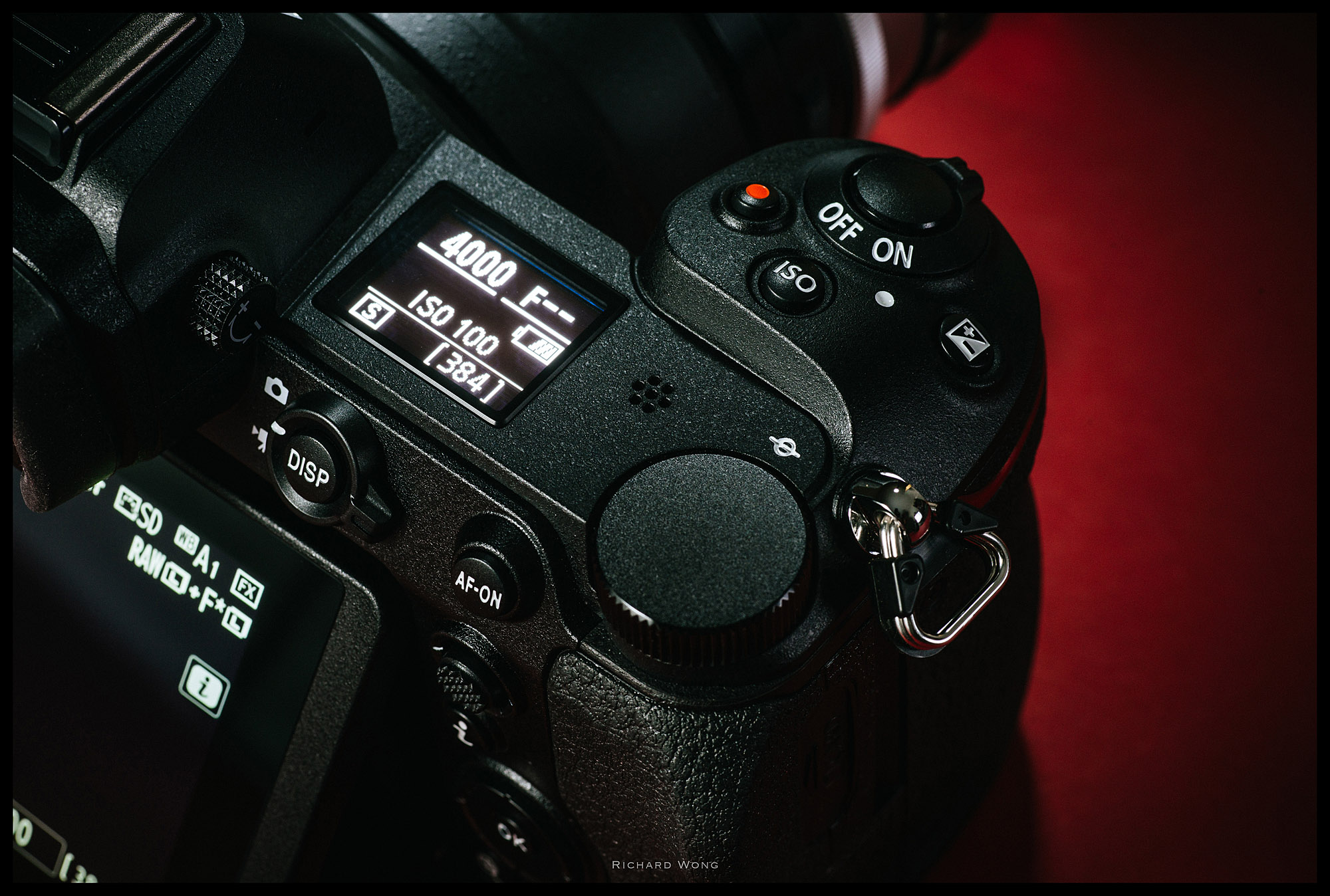
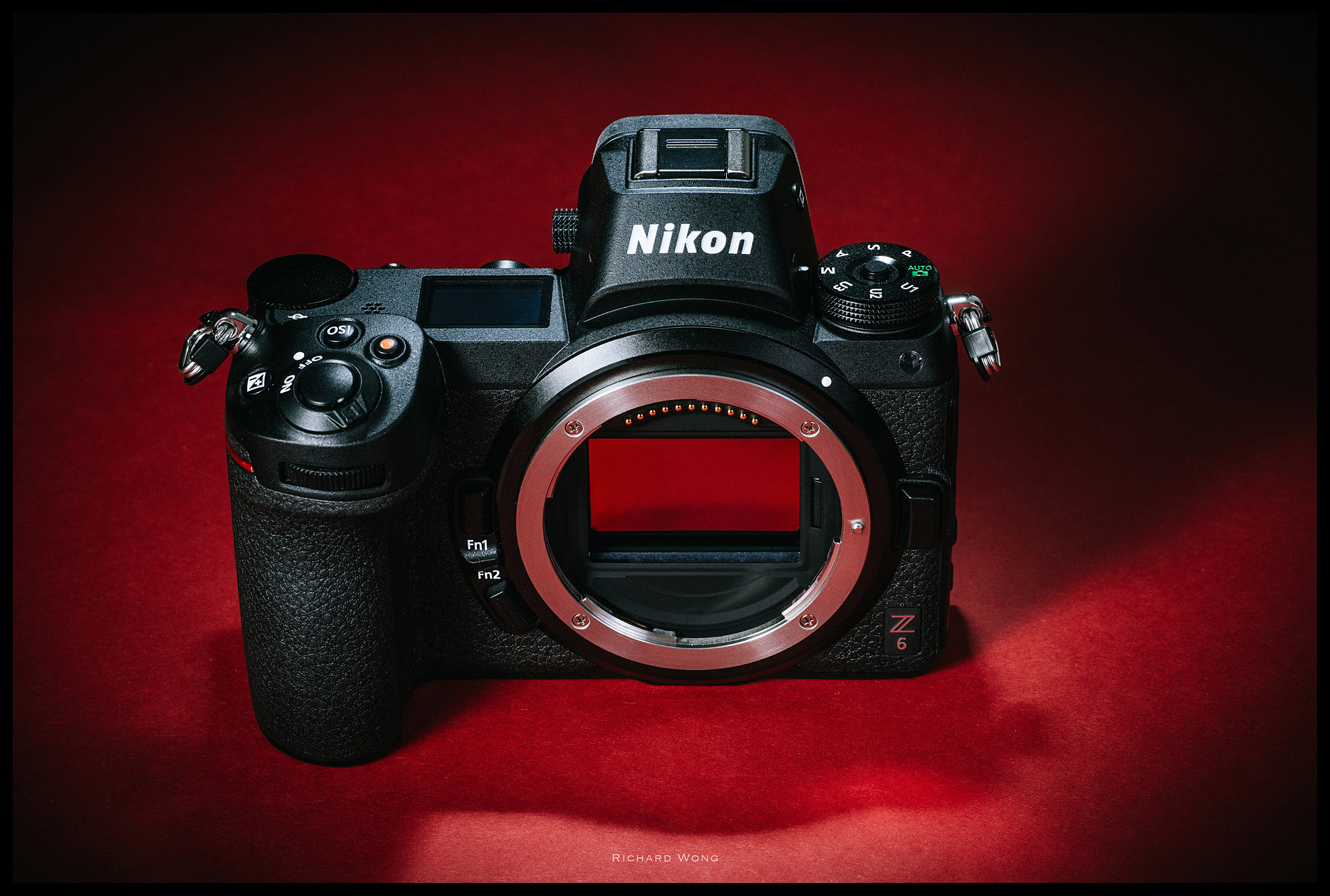
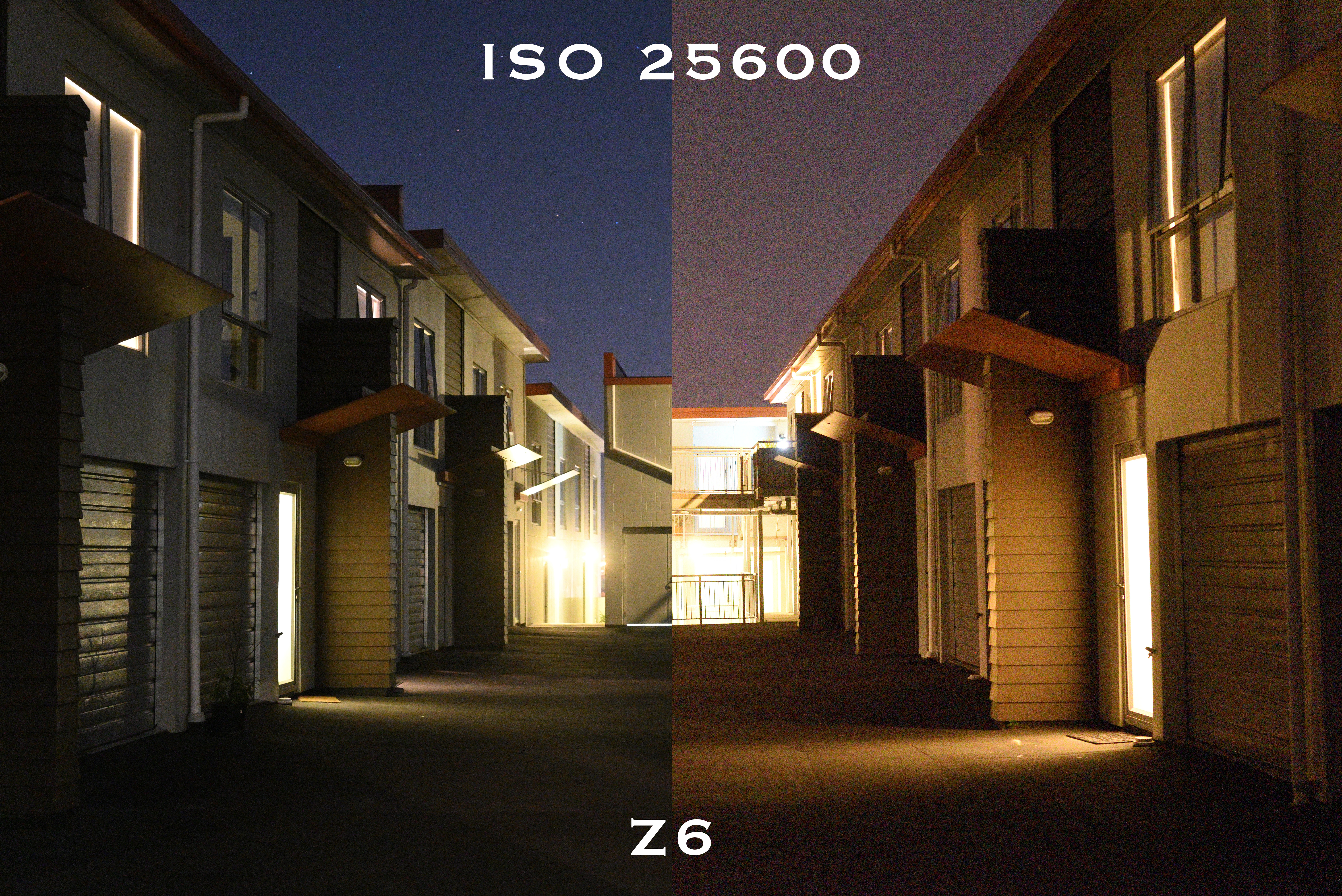
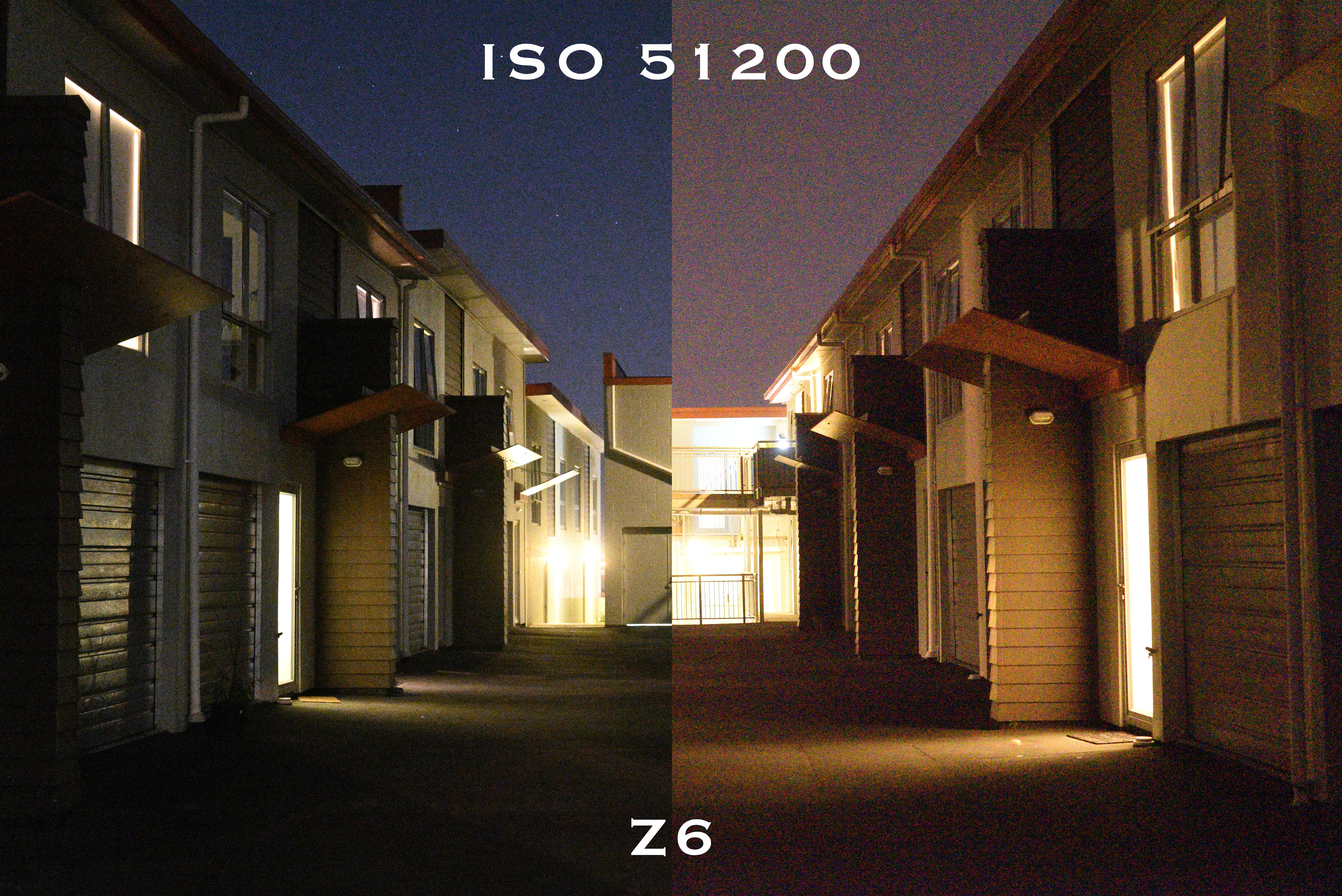
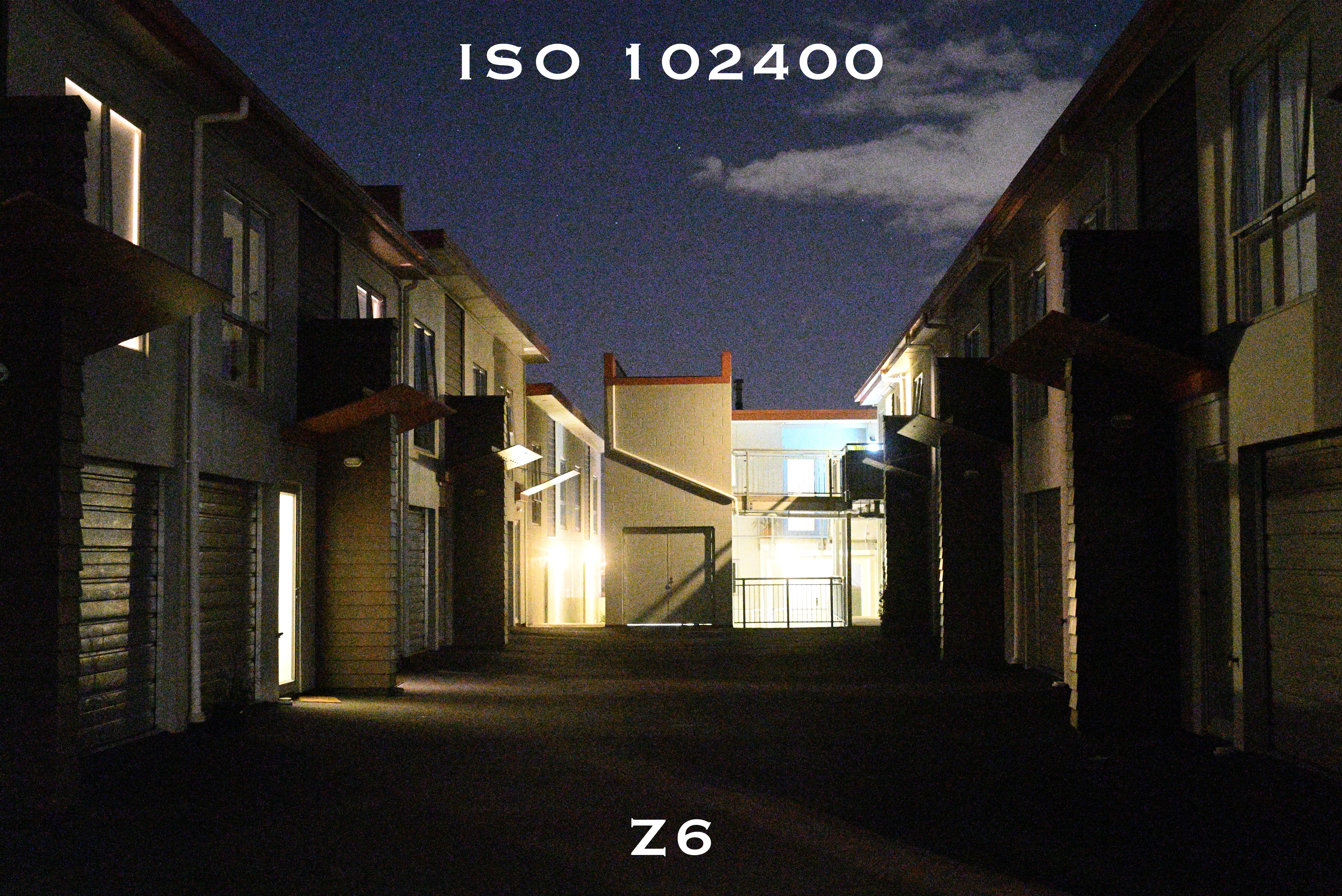
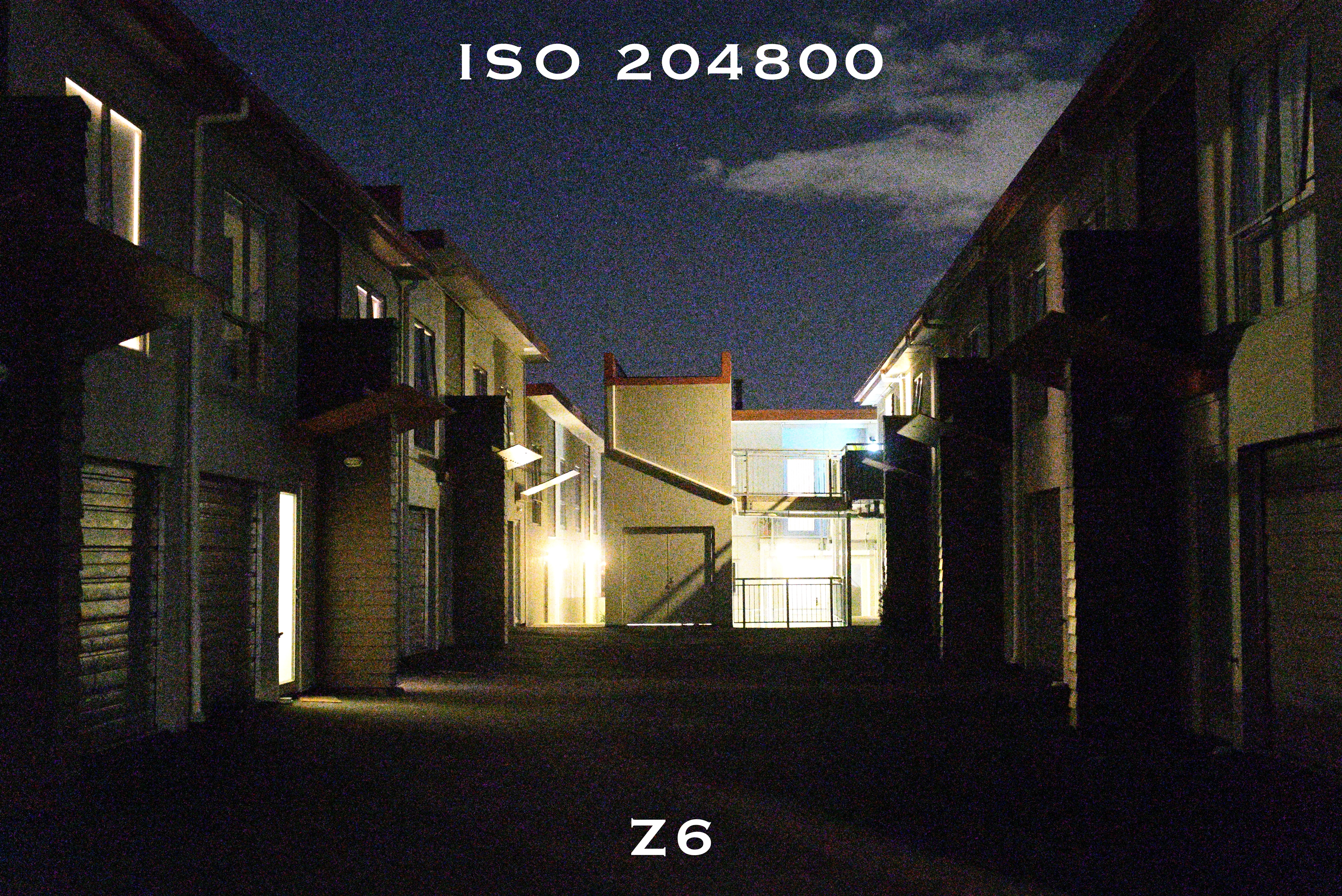

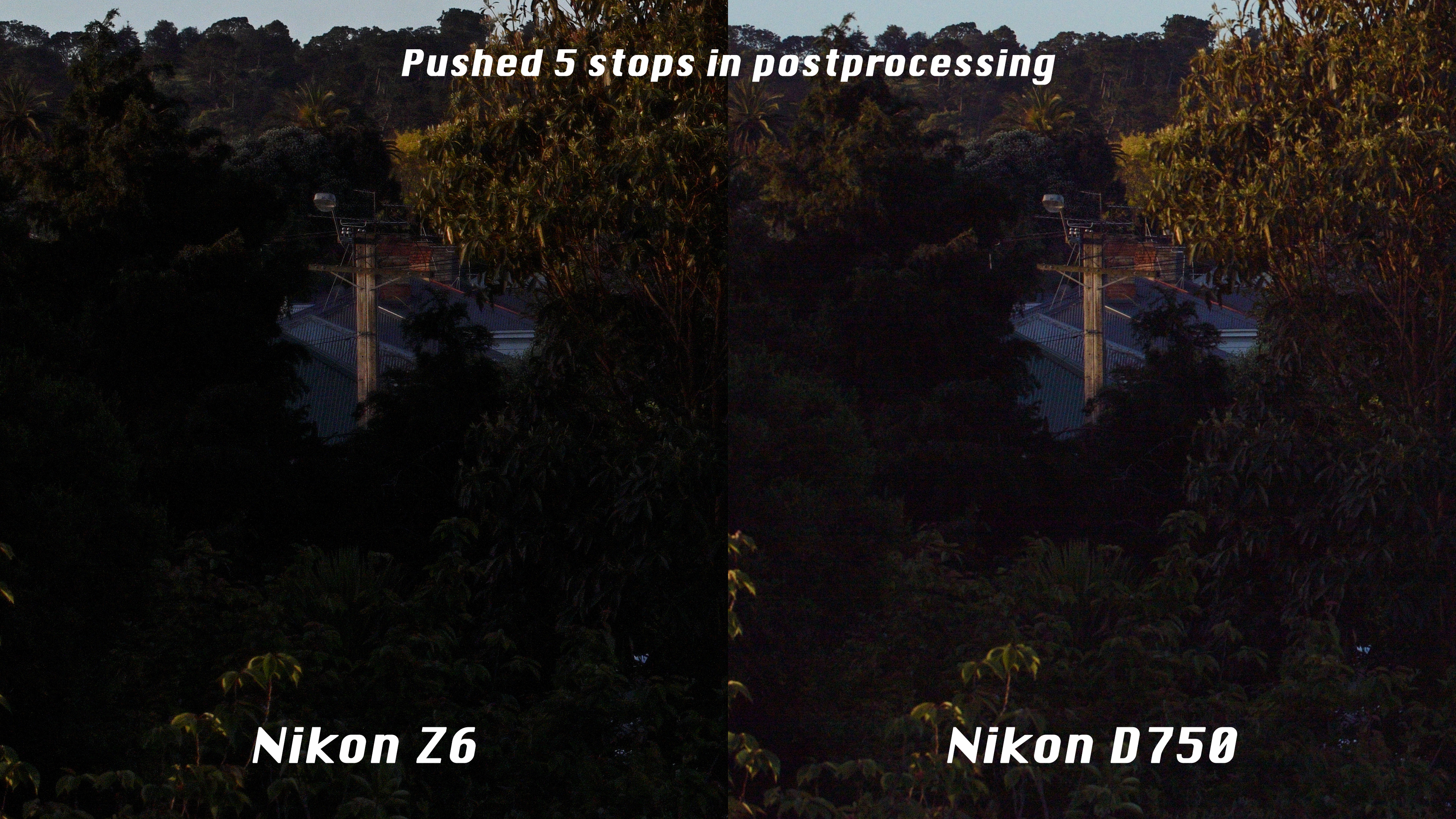
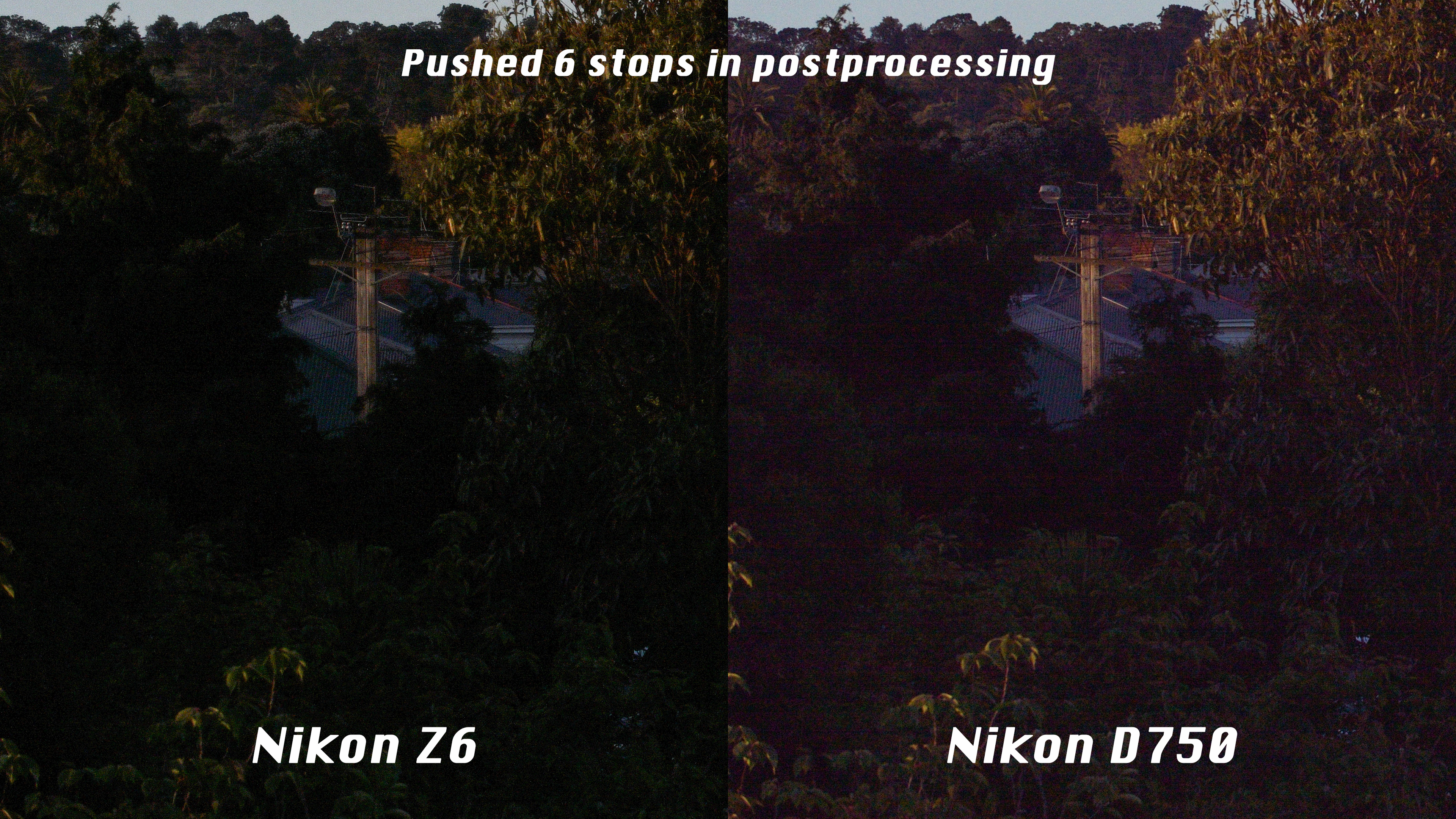
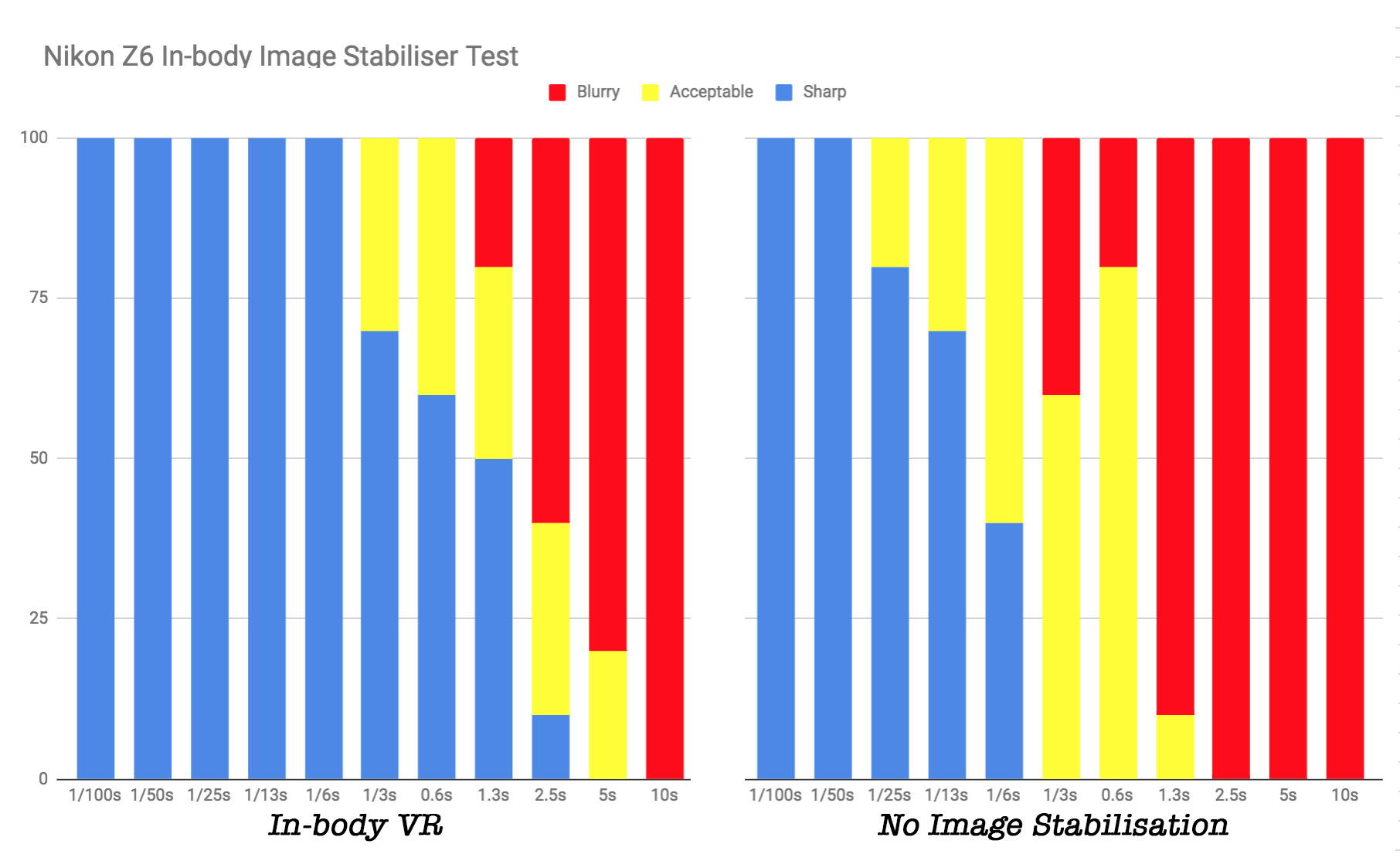
Comments are closed.